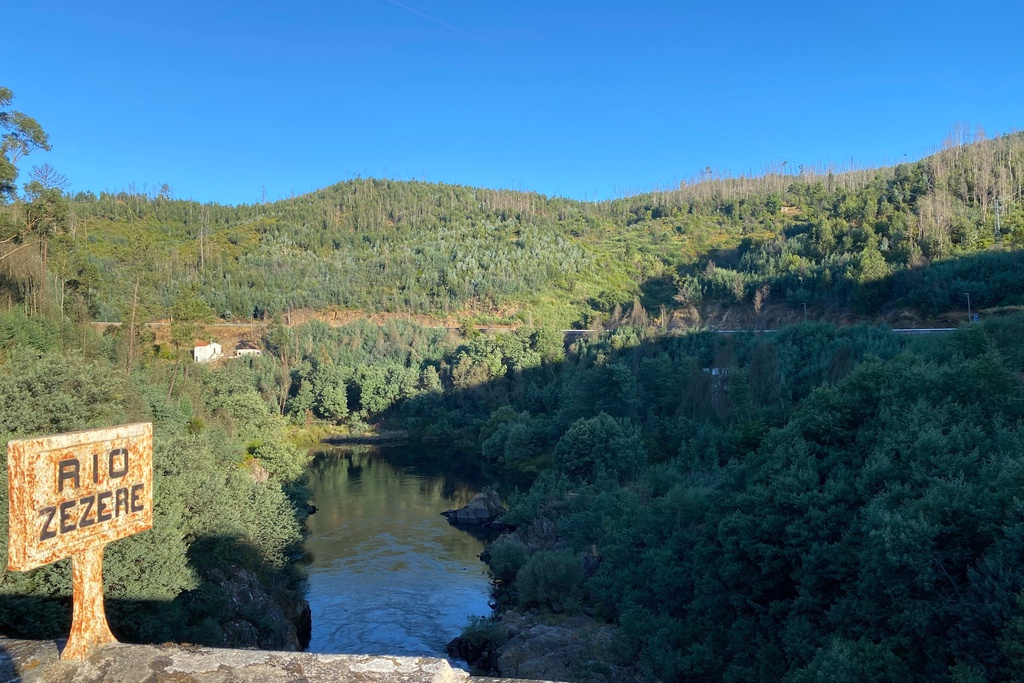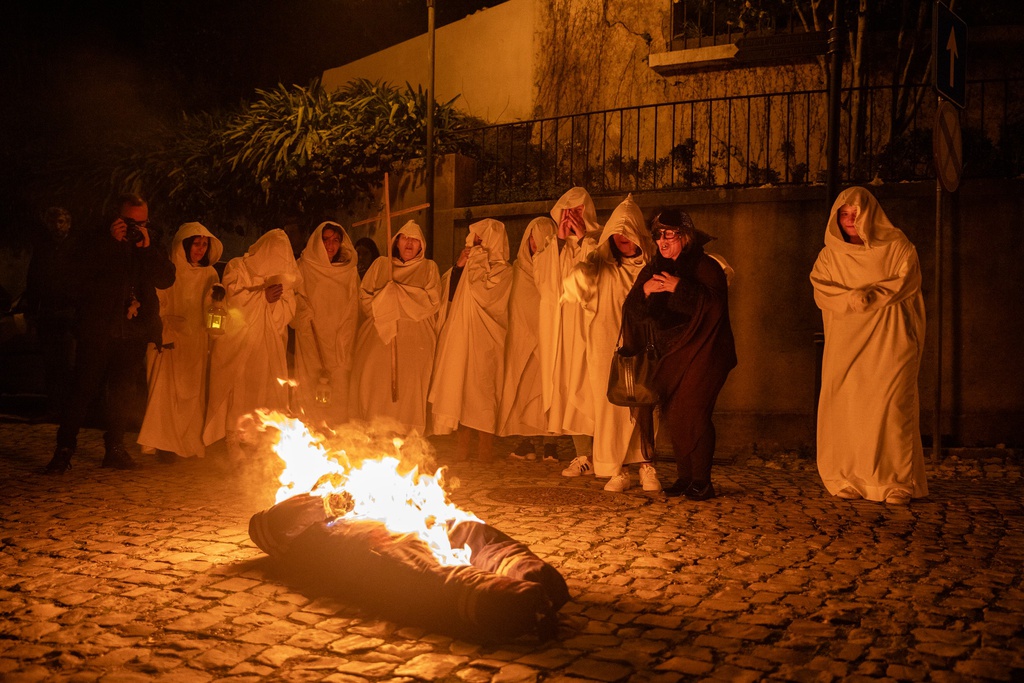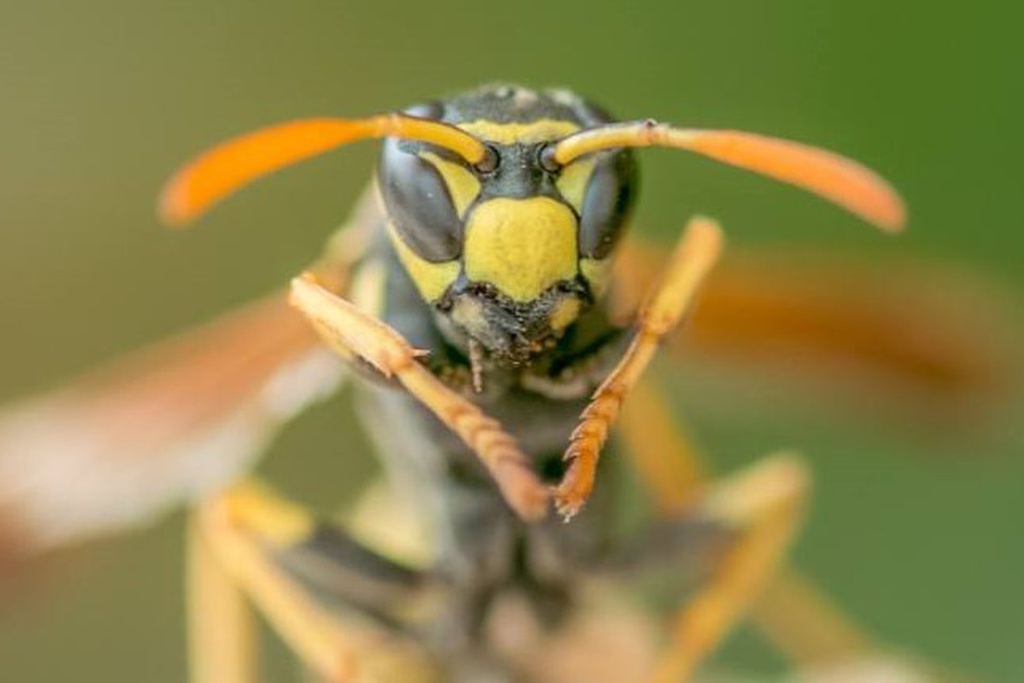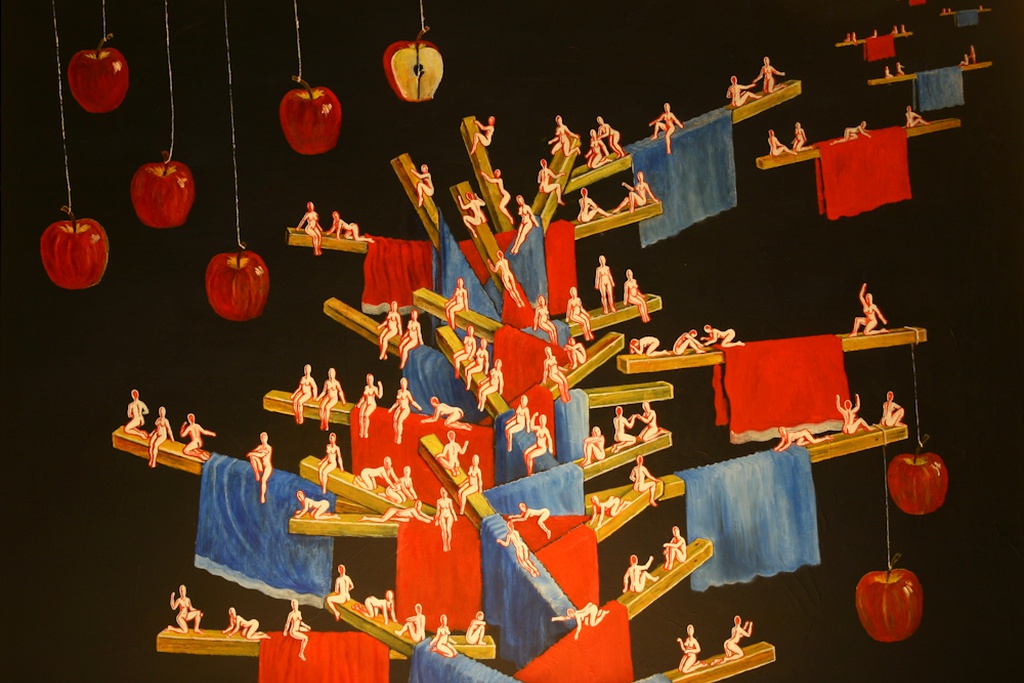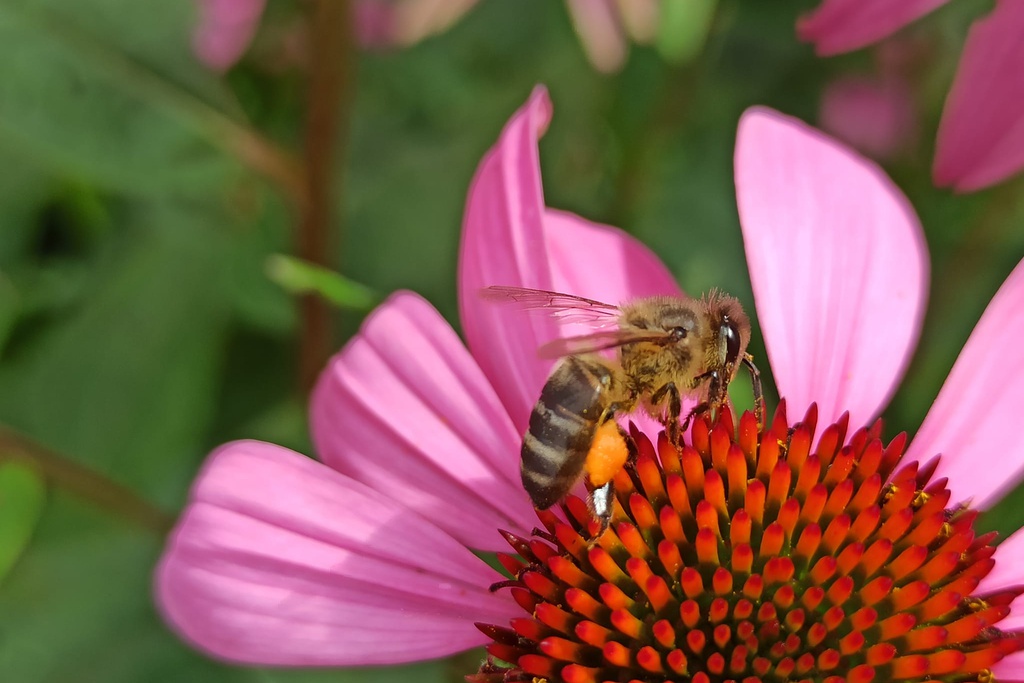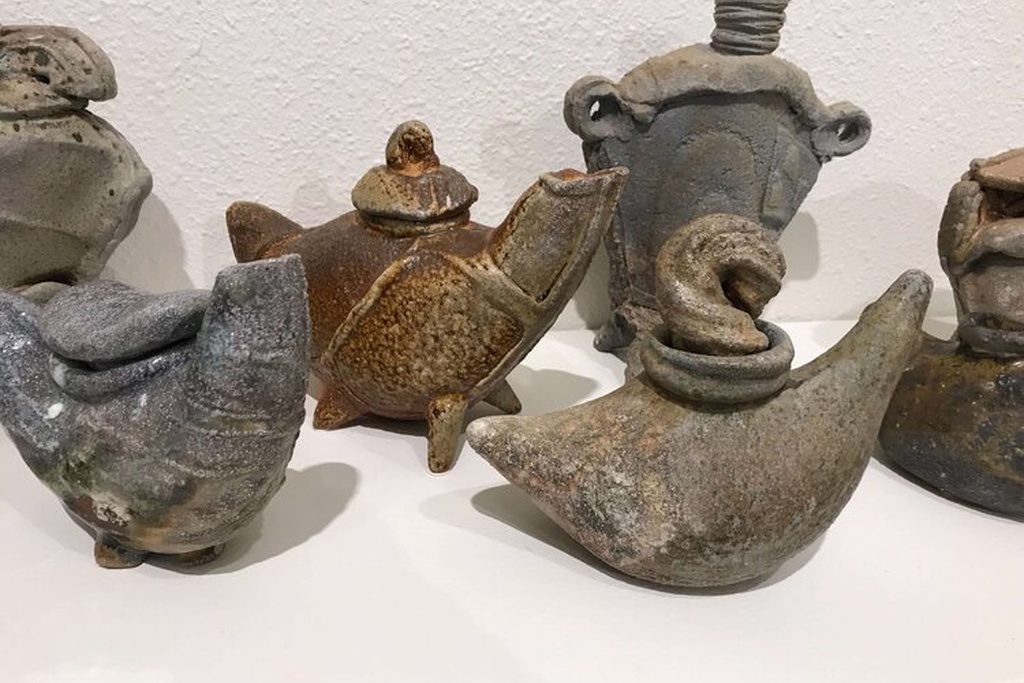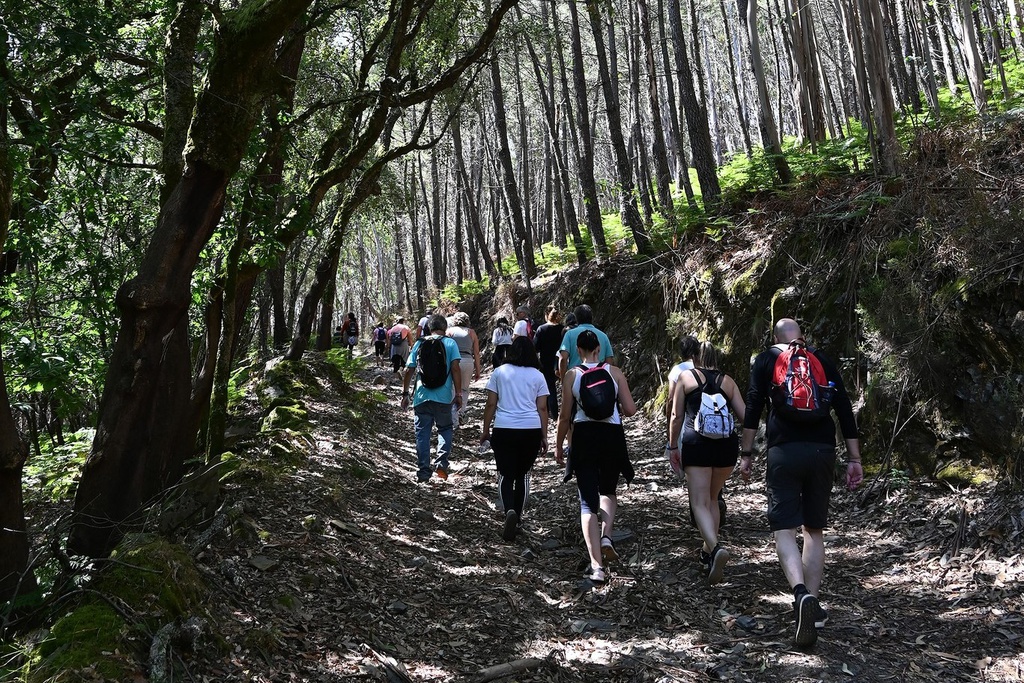Everything in this village has always revolved around the water. Today it stands for recreation and is a perfect reason for an extended visit. Especially in the hot summer days: Mosteiro enjoys the privilege of having a beach within the village. We invite you not only to visit, but the dive headlong into this village.
Mosteiro is a small rural place where water and agriculture are fundamental factors that have positively shaped its development – it has the largest irrigated area in the municipality of Pedrógão Grande. The Village of Mosteiro grew on the right bank of the Ribeira de Pera (Pera stream). The fertile lands close to the river bed fostered the creation of vegetable plots and mills that fed the villagers who lived off subsistence farming. For that very reason, must-sees include the mills, the flumes, the olive presses and irrigated fields that for centuries were the basic infrastructures this village depended on for survival and that now serve as tourist attractions.
The village was sited here to take advantage of the open configuration of the valley that provided farmland. Divided by the stream, the part of the village on the left bank has a complex and diffuse layout, only organised around the small church, the recent building of the Mosteiro Association or the main road that cuts through the village.


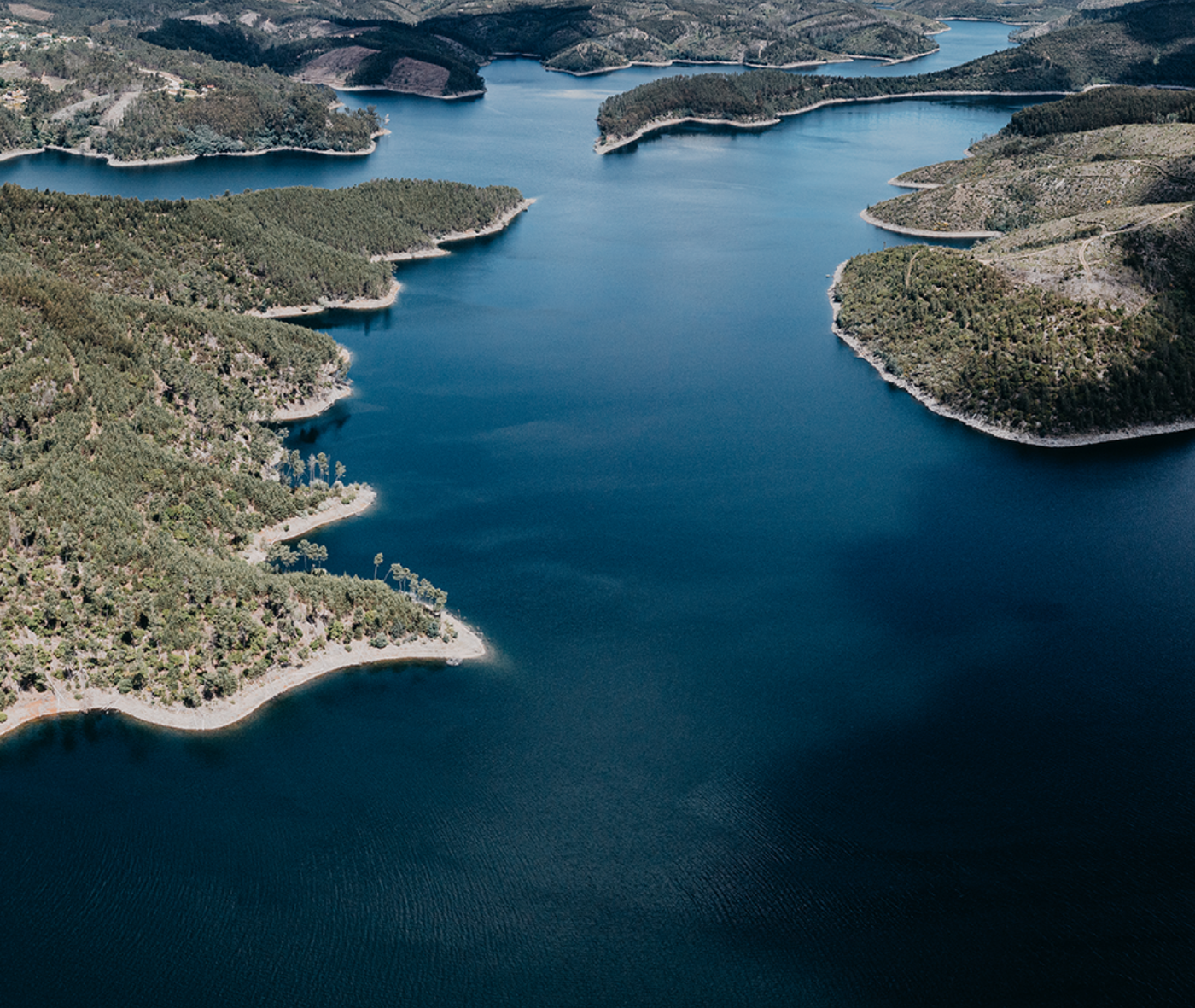
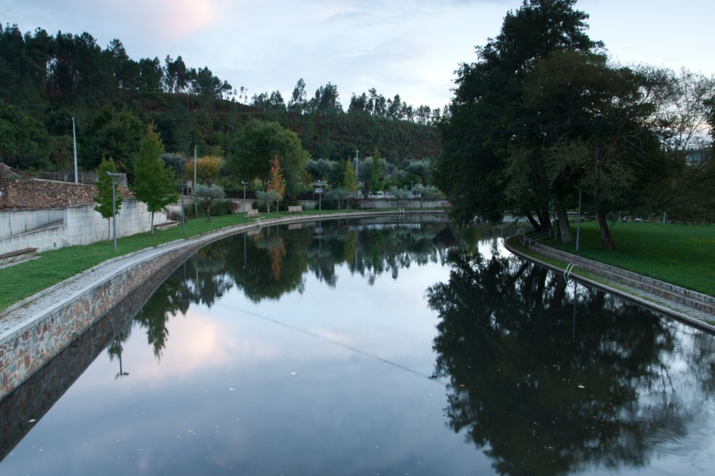
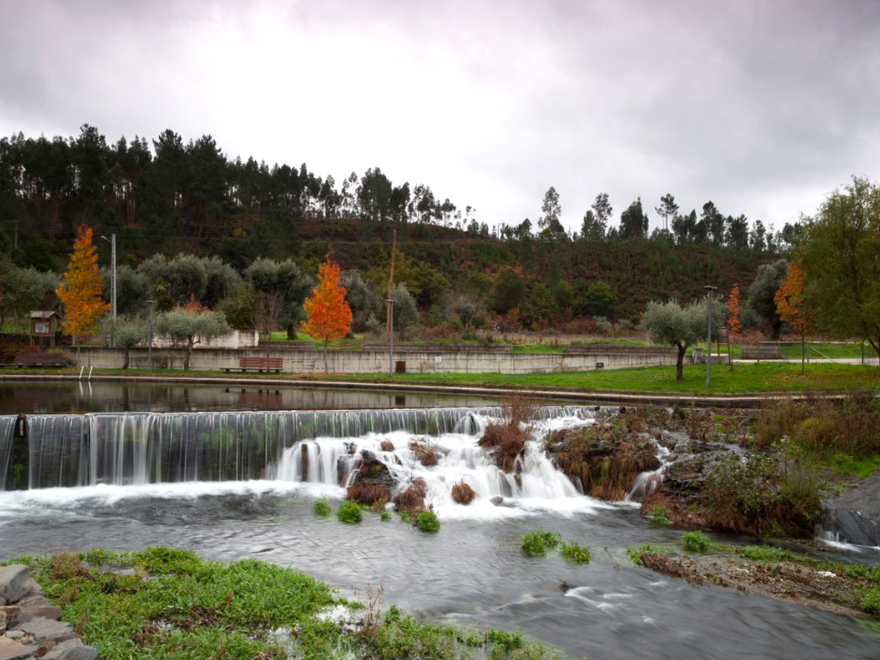
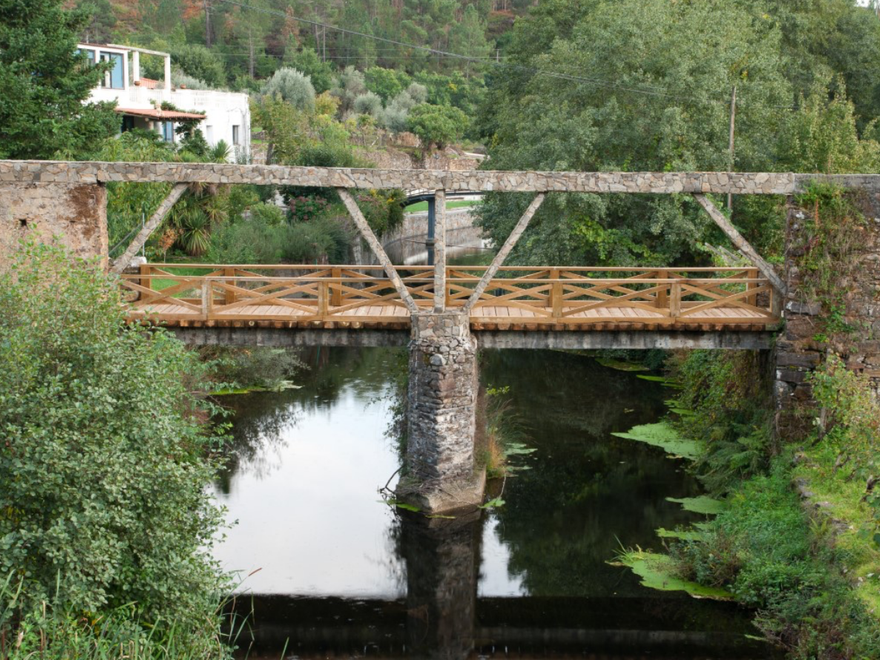

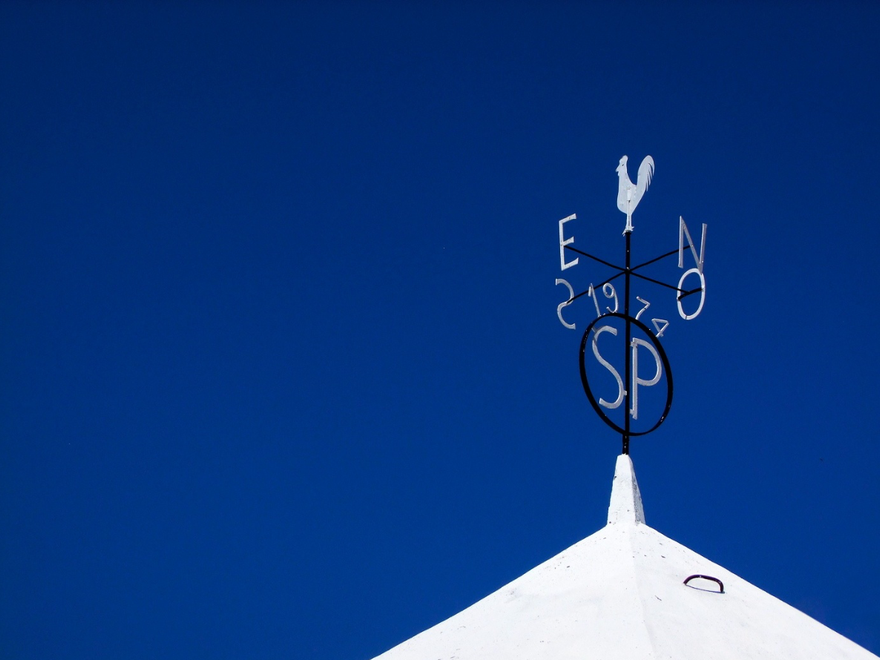
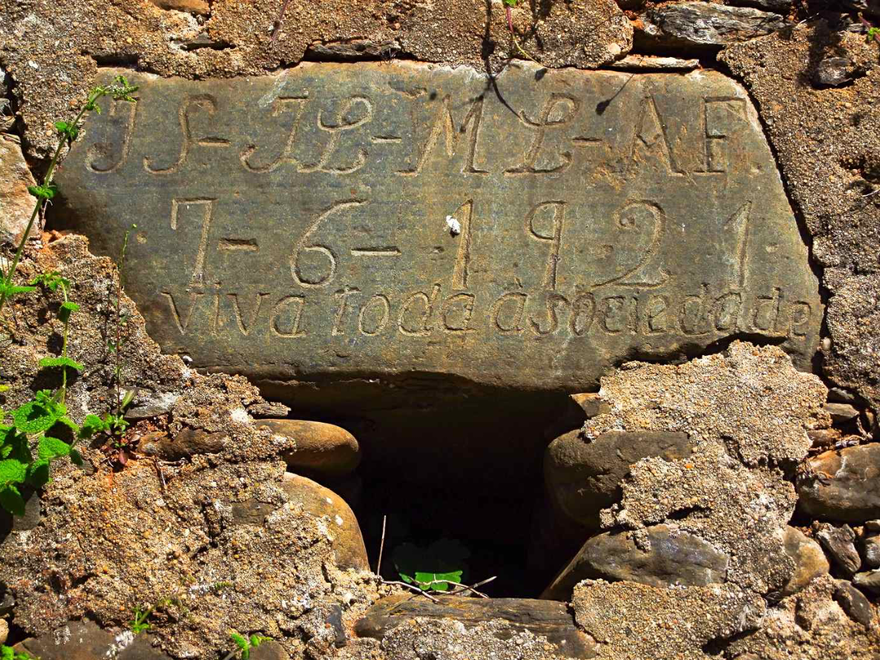
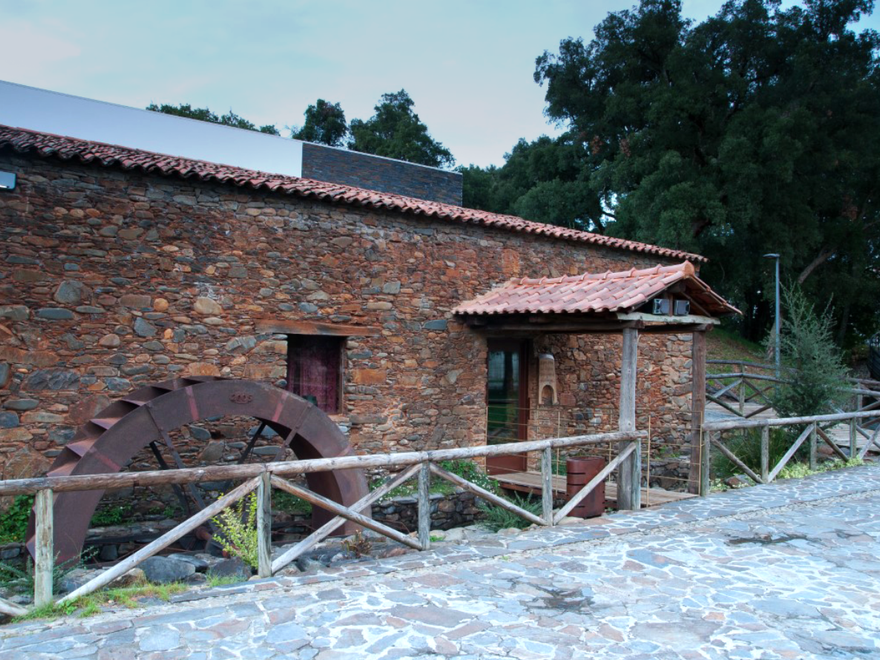
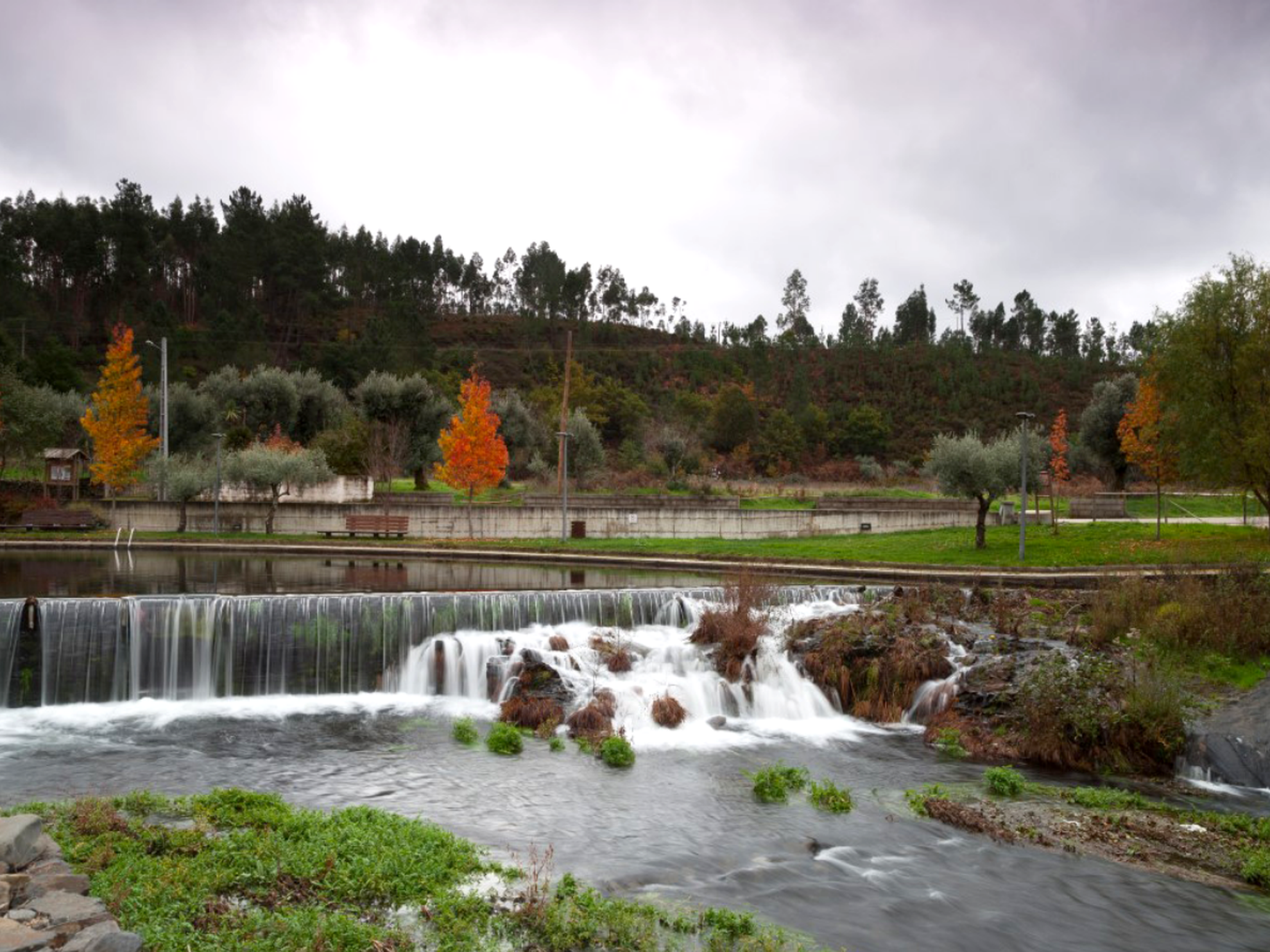
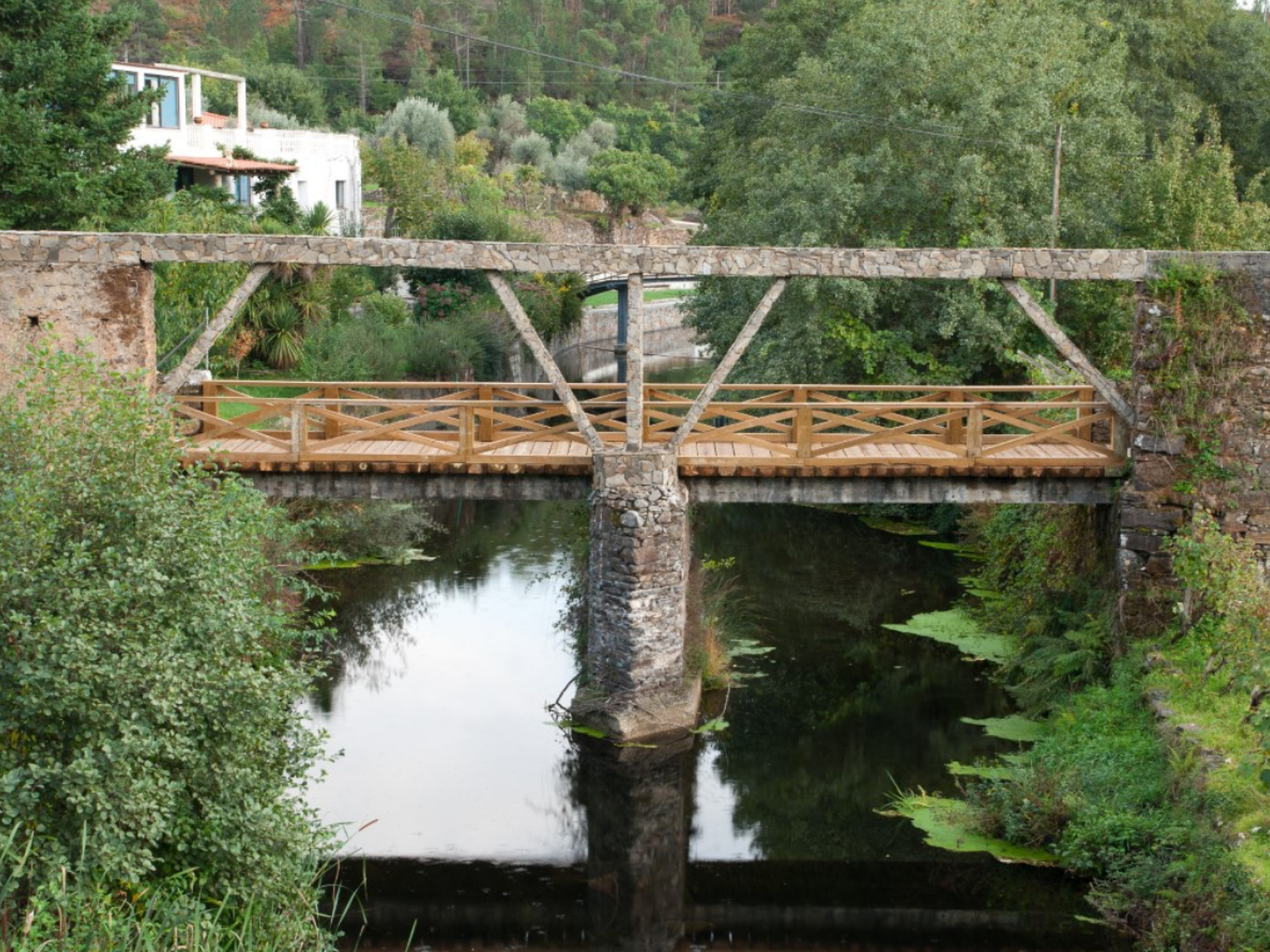
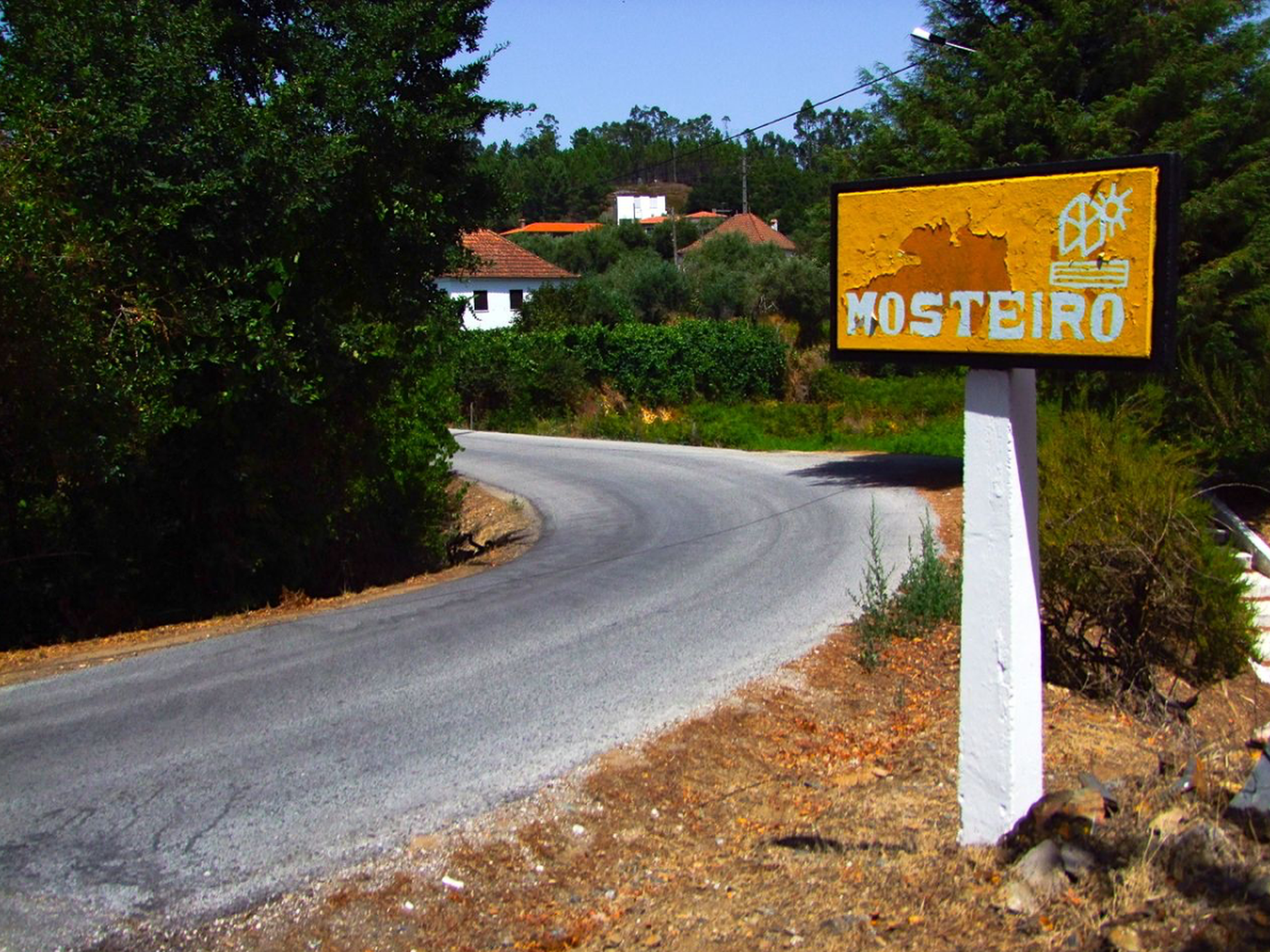
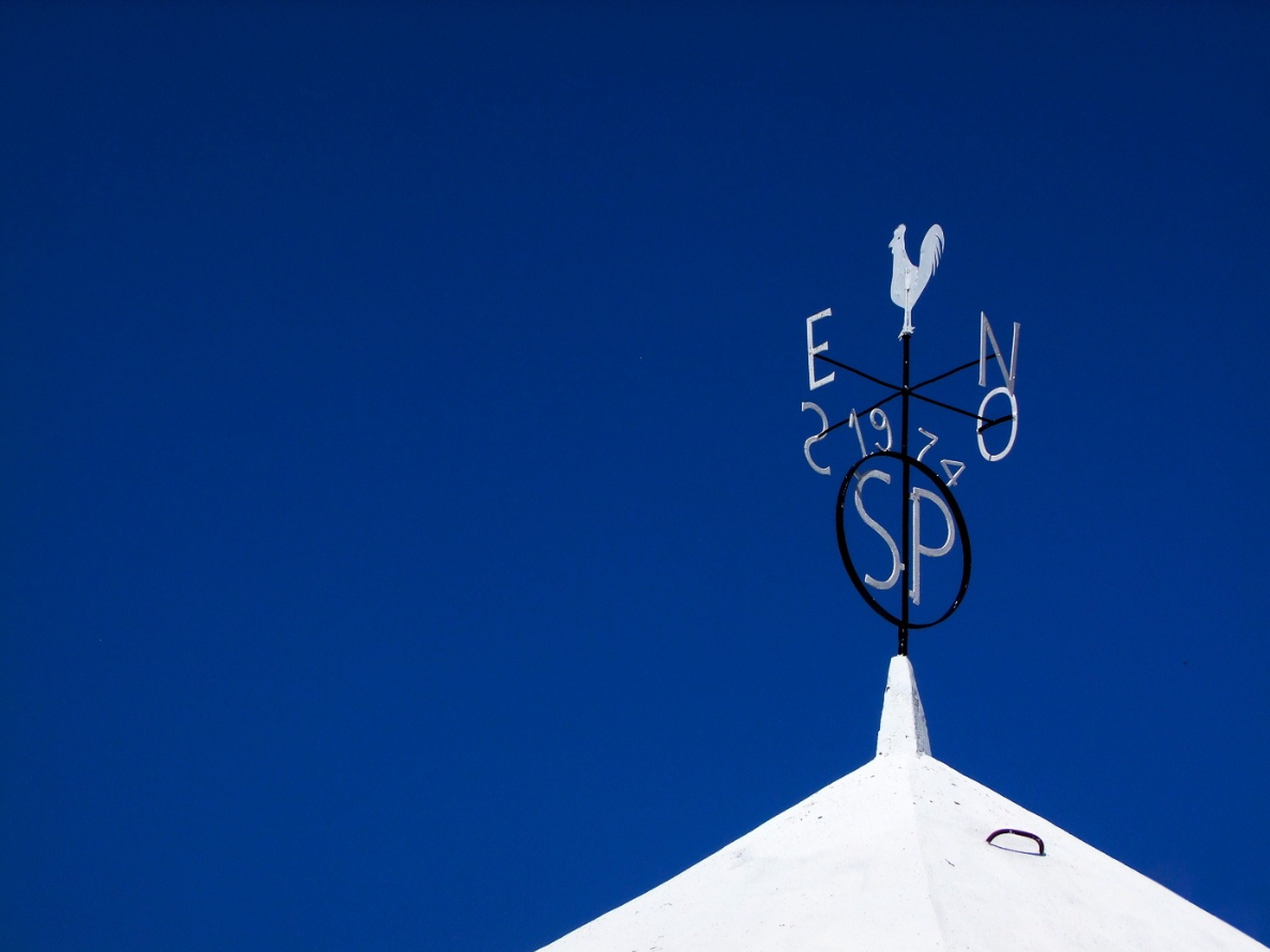
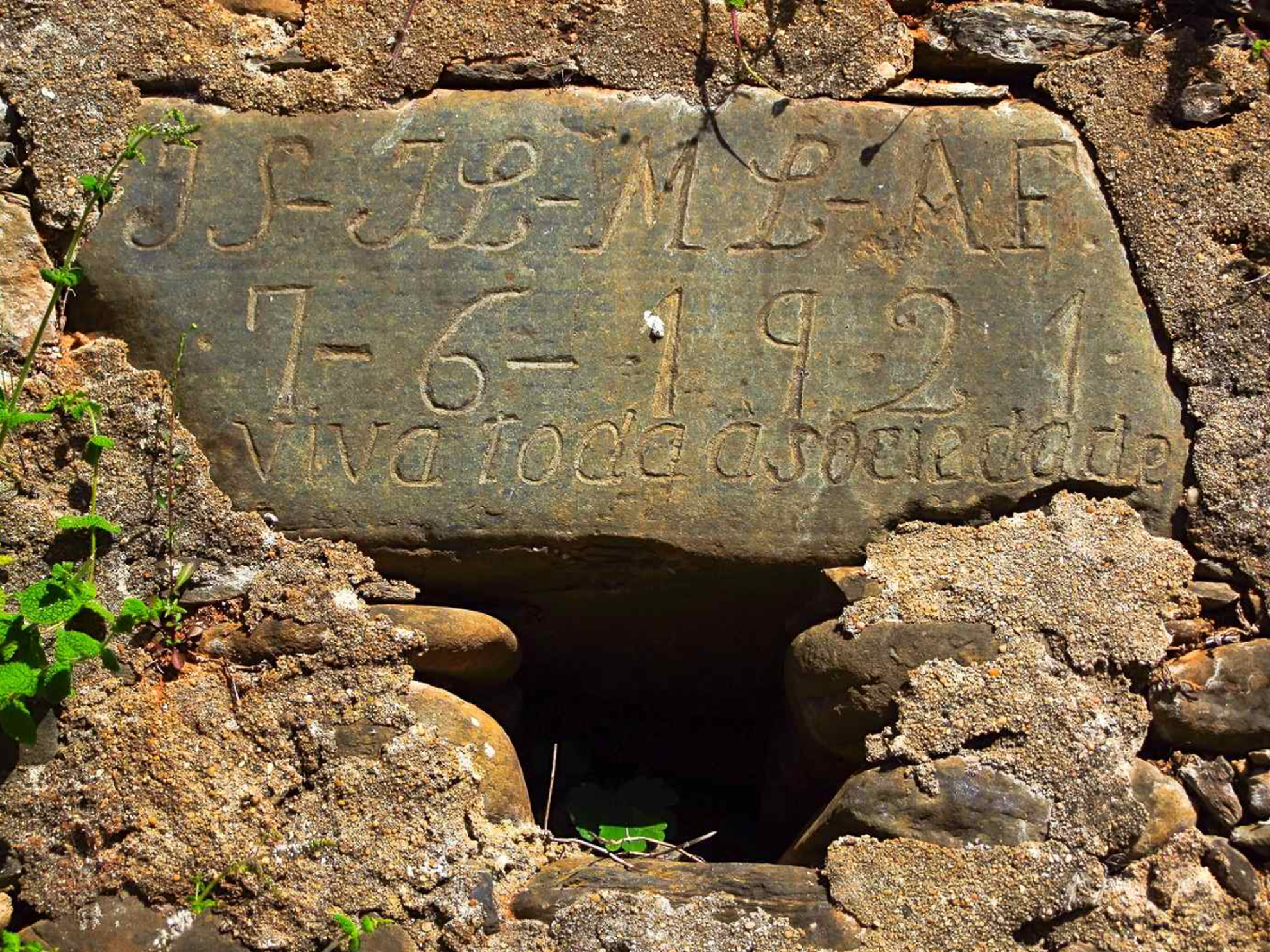
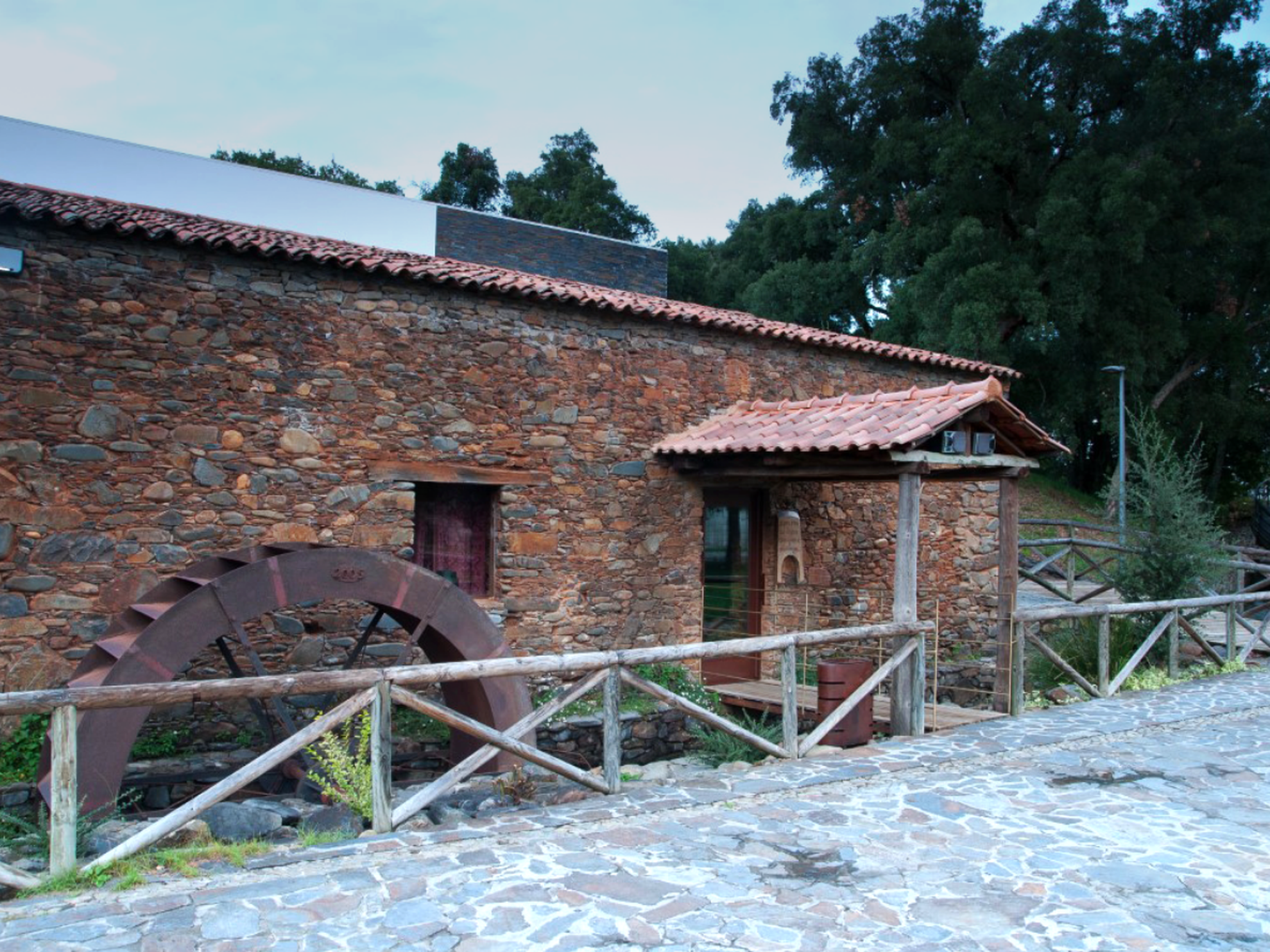
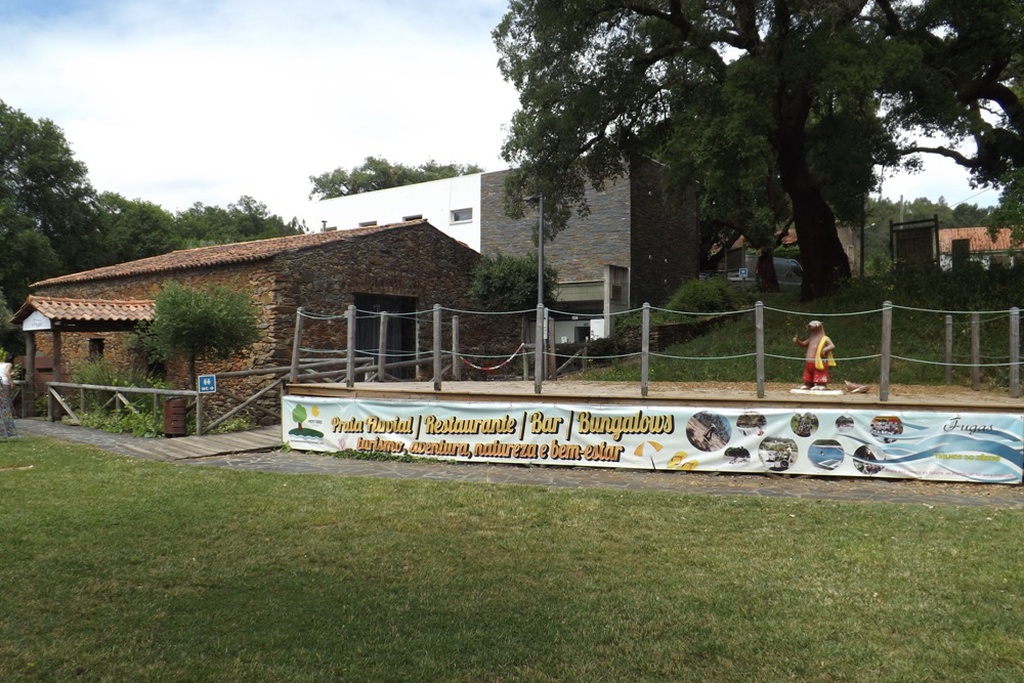
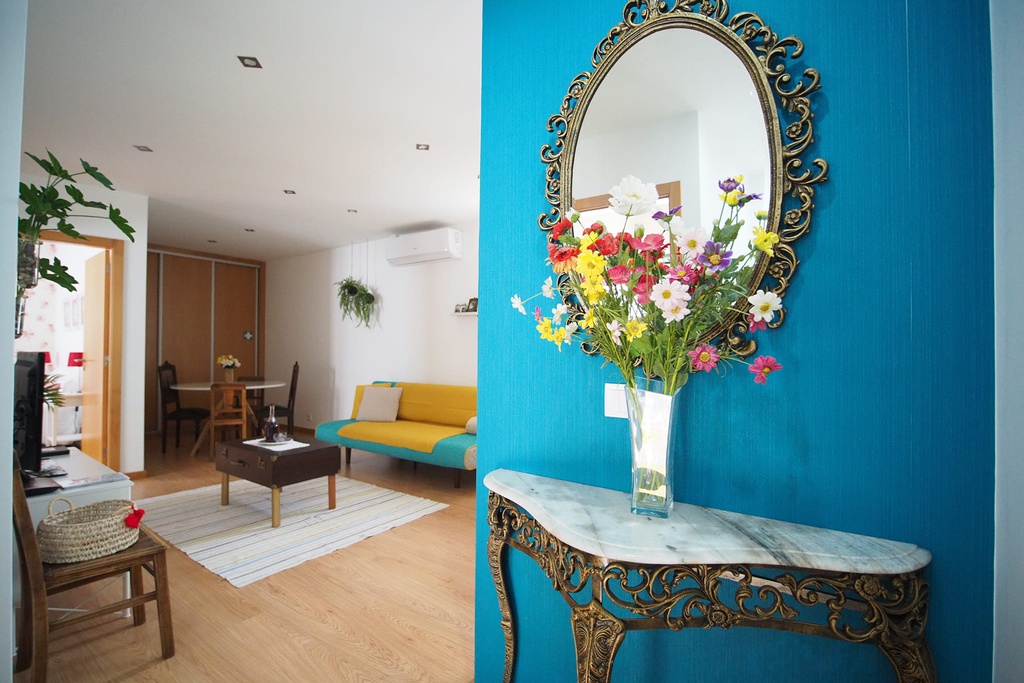
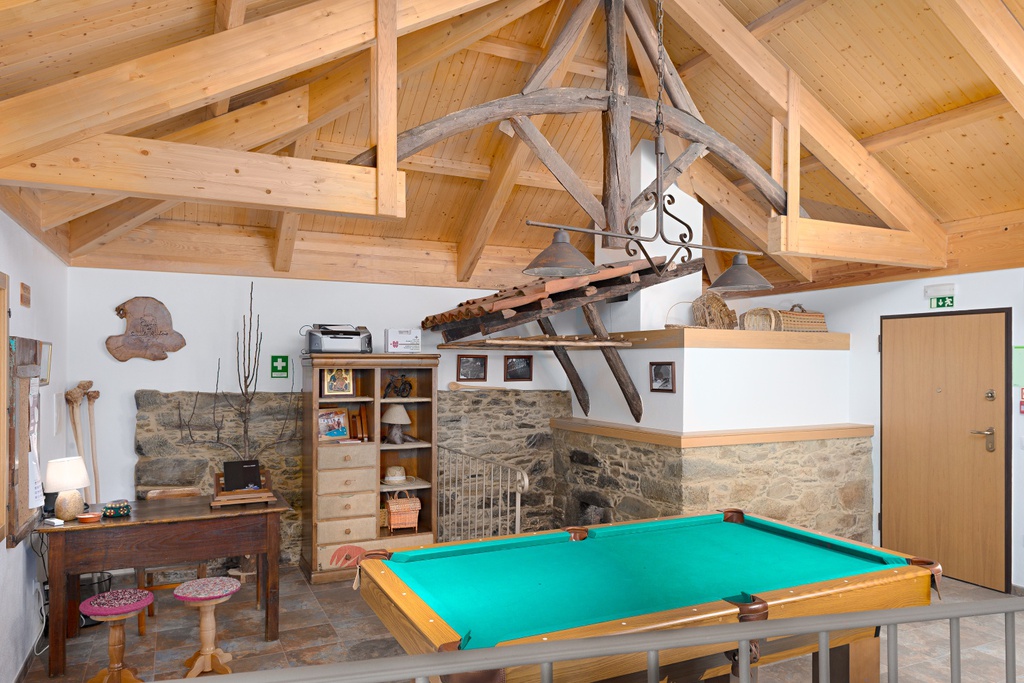
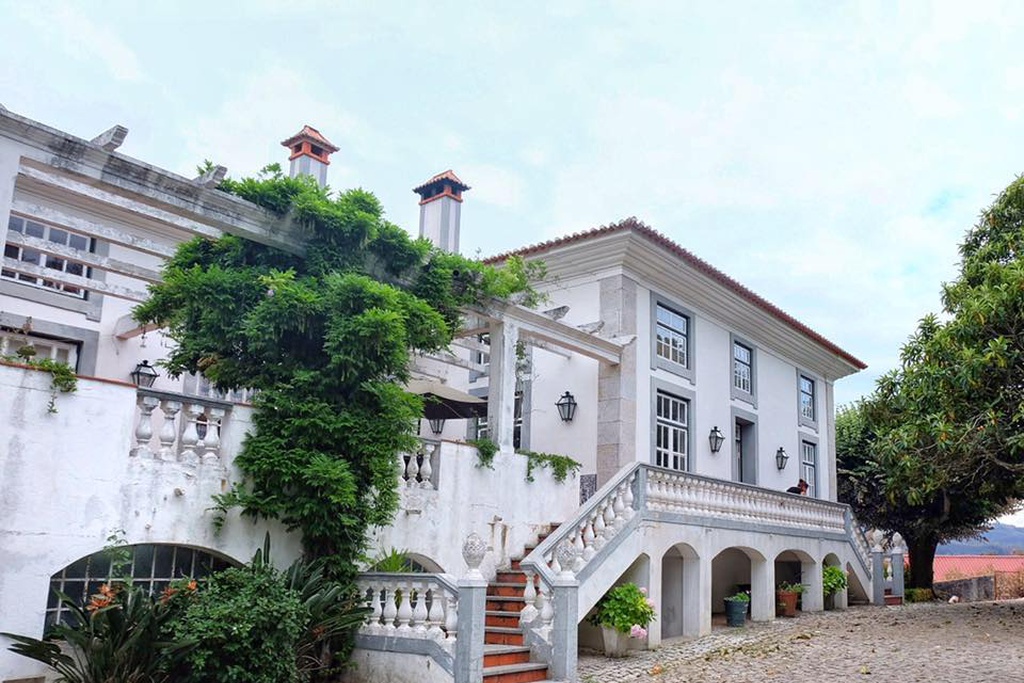
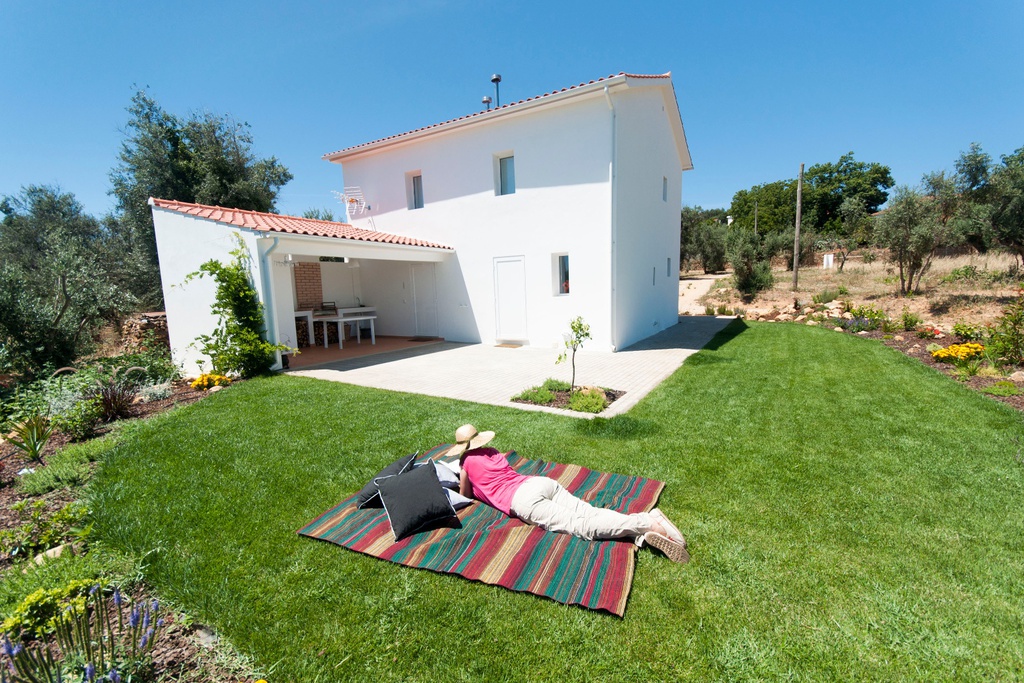
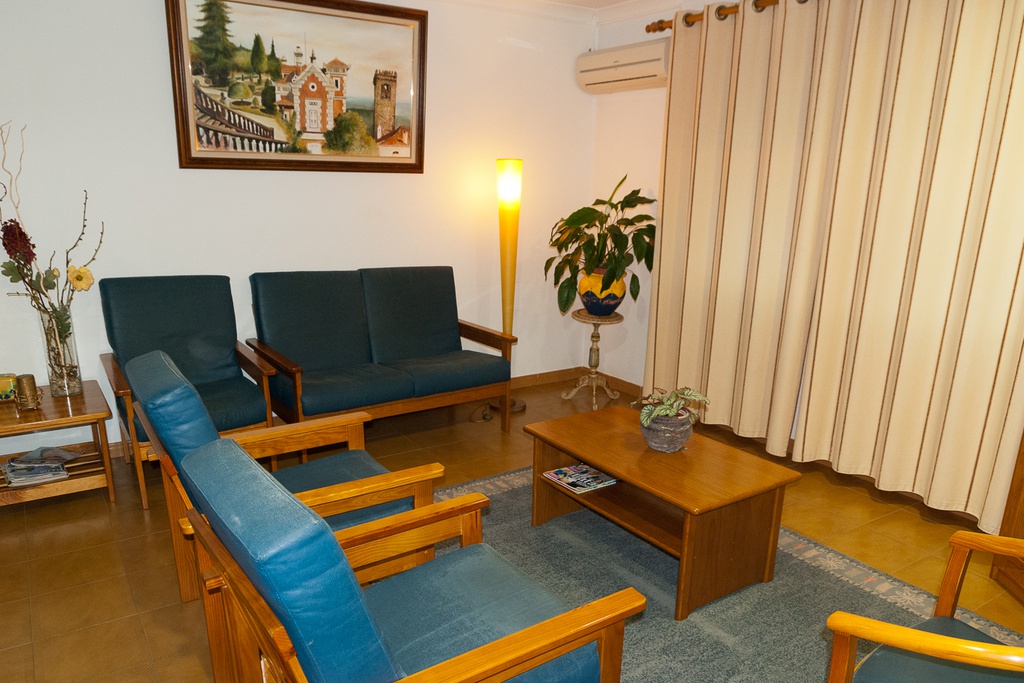
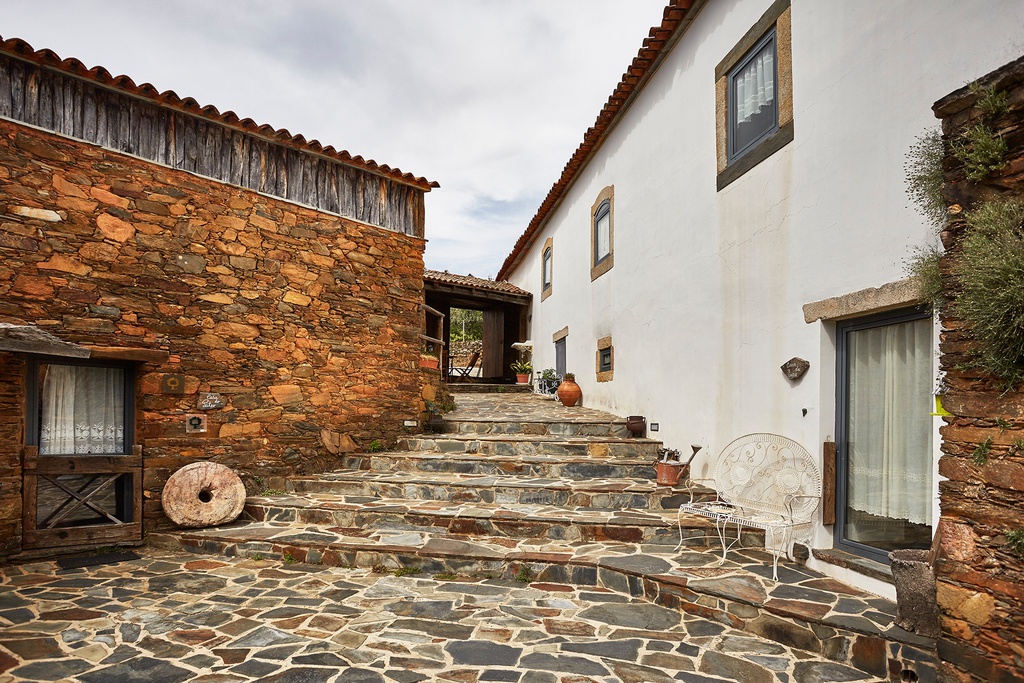
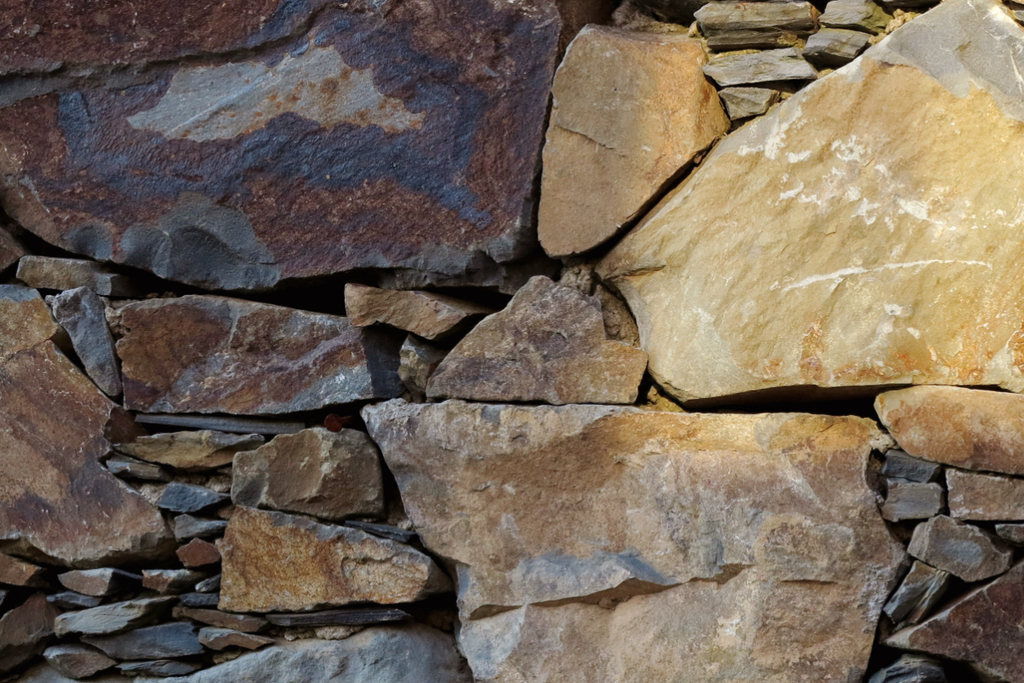

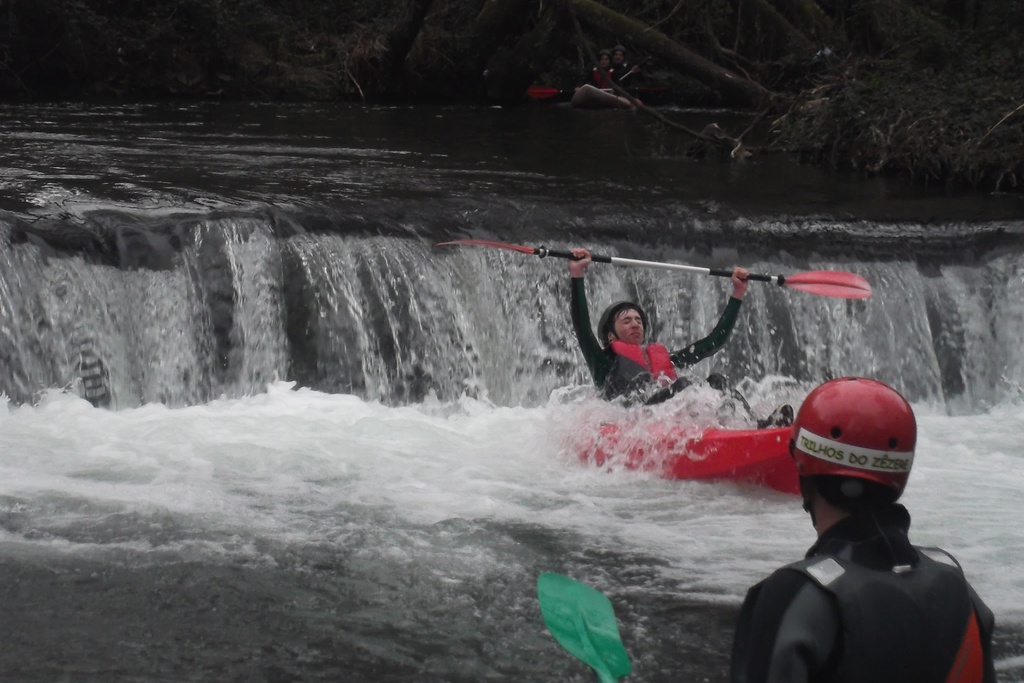
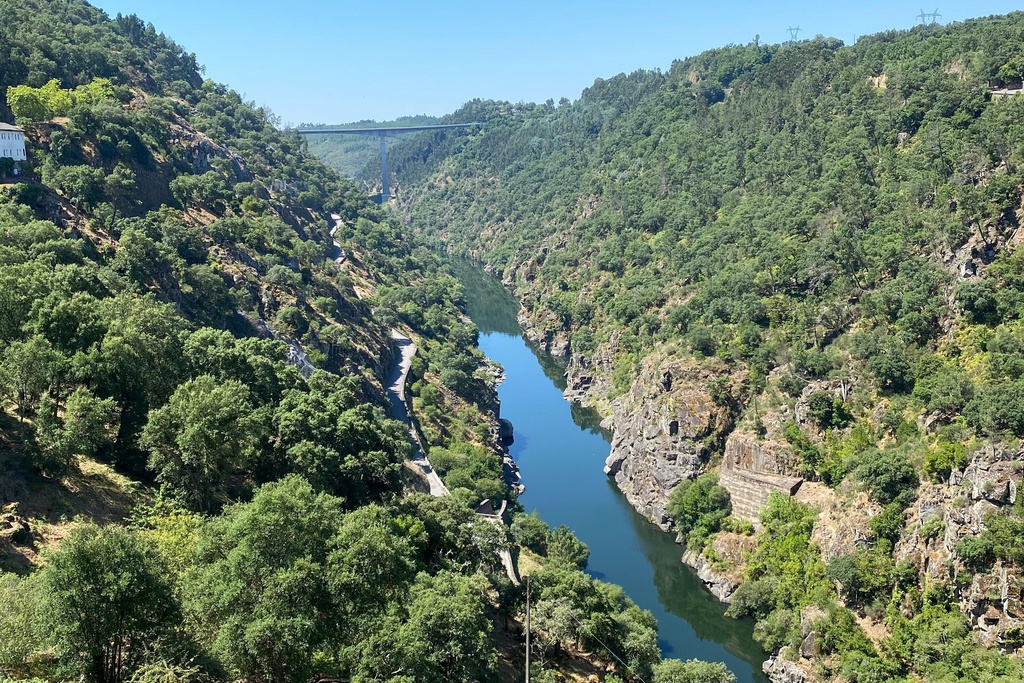
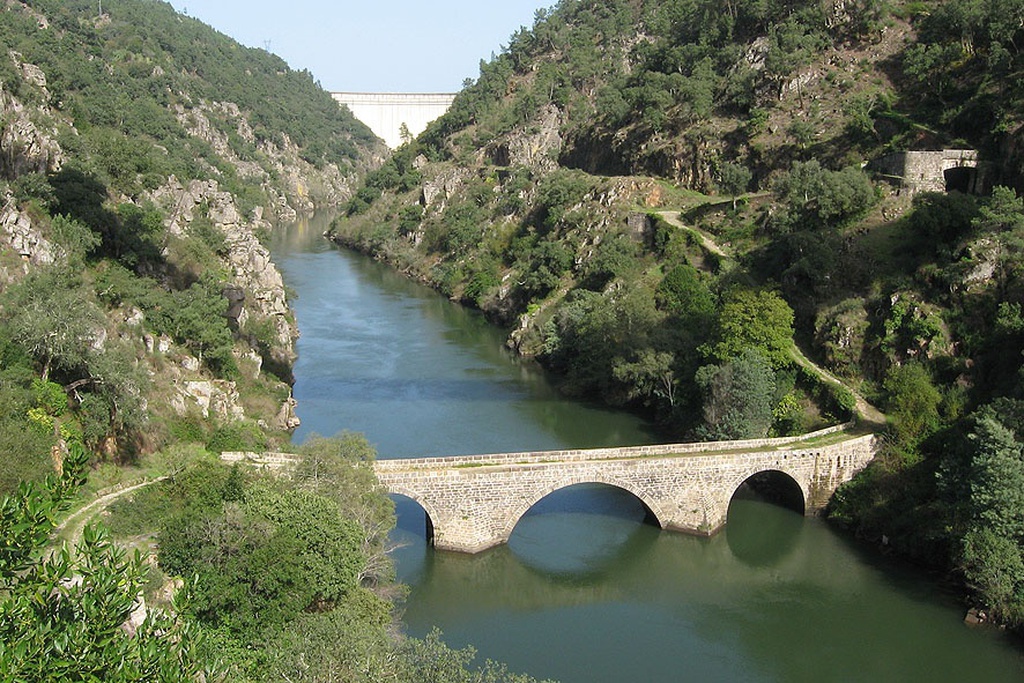
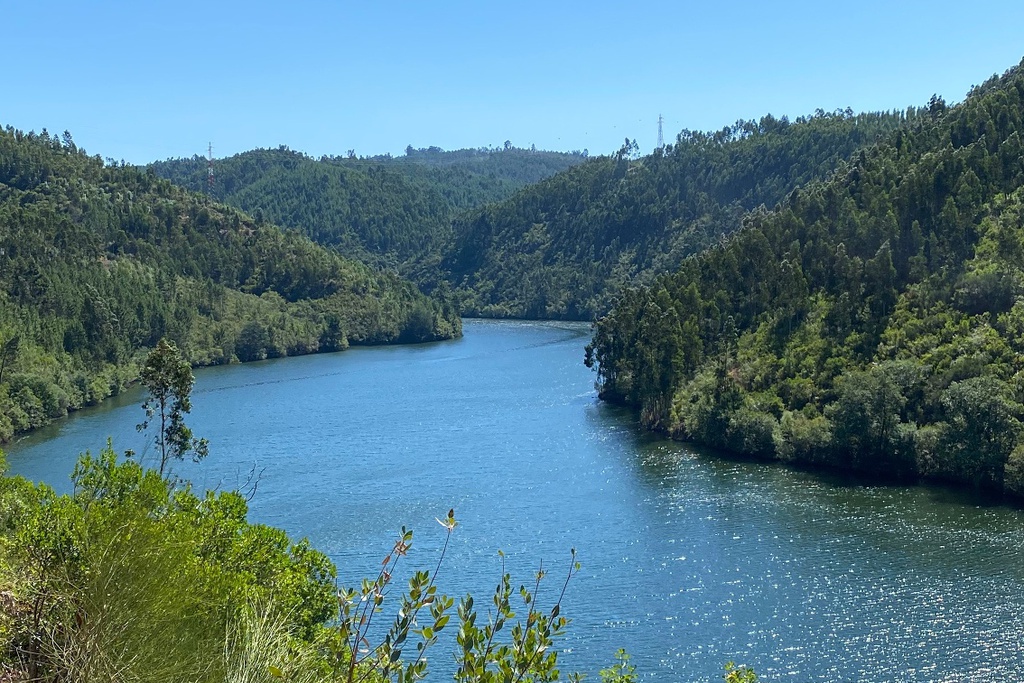
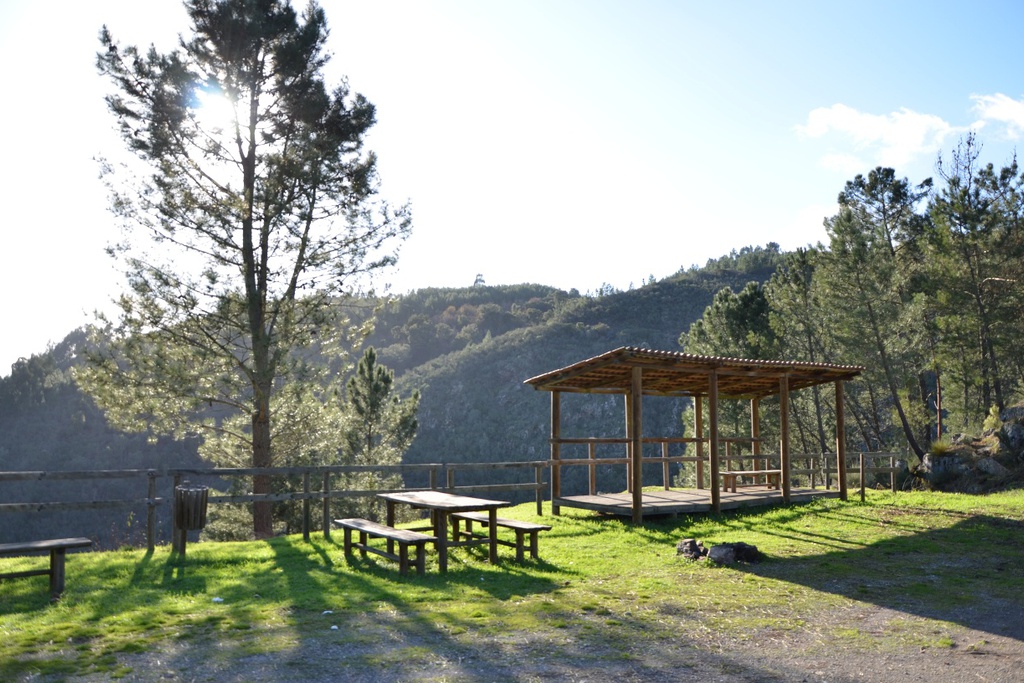
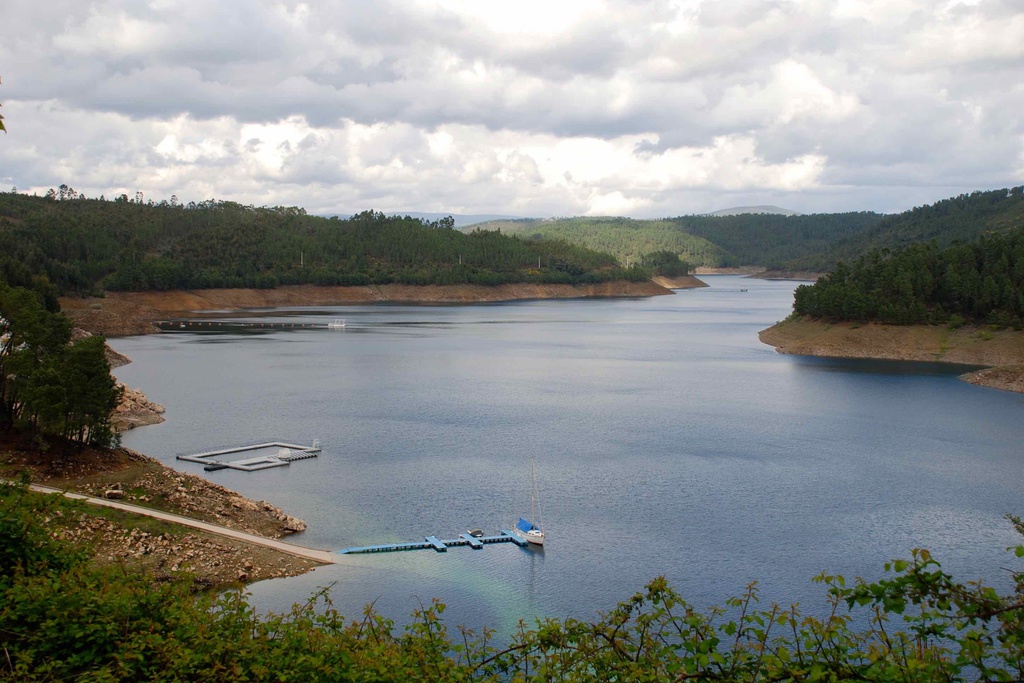
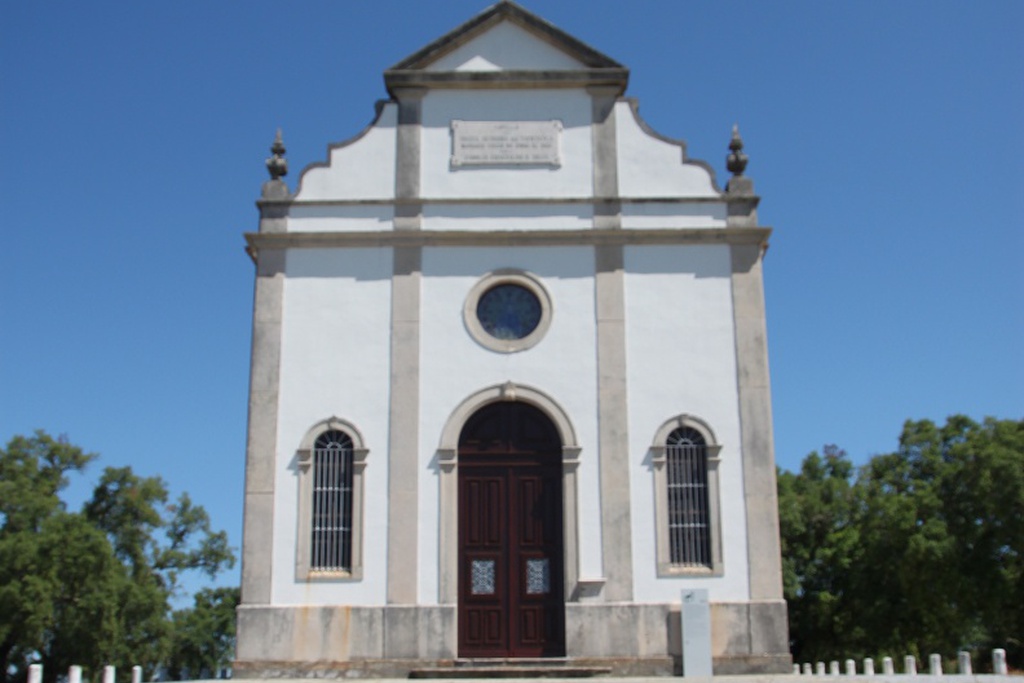
![GRZ on Foot - Just You and the River [sector 6]](/media/filer_public/a3/3c/a33c5b36-9a48-4477-8d30-846f55ff9d65/aldeias-xisto-aldeias-xisto-moinho_das_freiras_vej2s3h.jpg.1024x683_q95_crop_upscale.jpg)
![Just You and the River [GRZ - MTB sector 6]](/media/filer_public/56/6d/566de8ba-b12a-419a-a3bc-9aedc517f56f/aldeias-xisto-aldeias-xisto-sc3b3_tu_e_o_rio_ponte_filipina__c381rea_de_descanso_de_cabec3a7o_mourisco_gr33_-__oekv7by.jpg.1024x683_q95_crop_upscale.jpg)
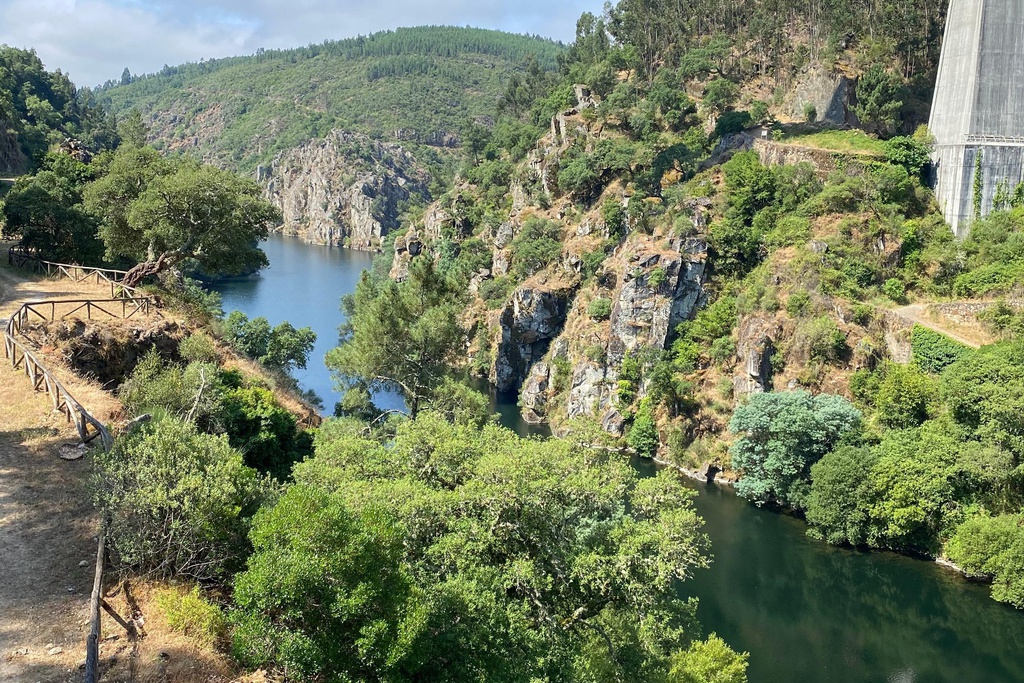
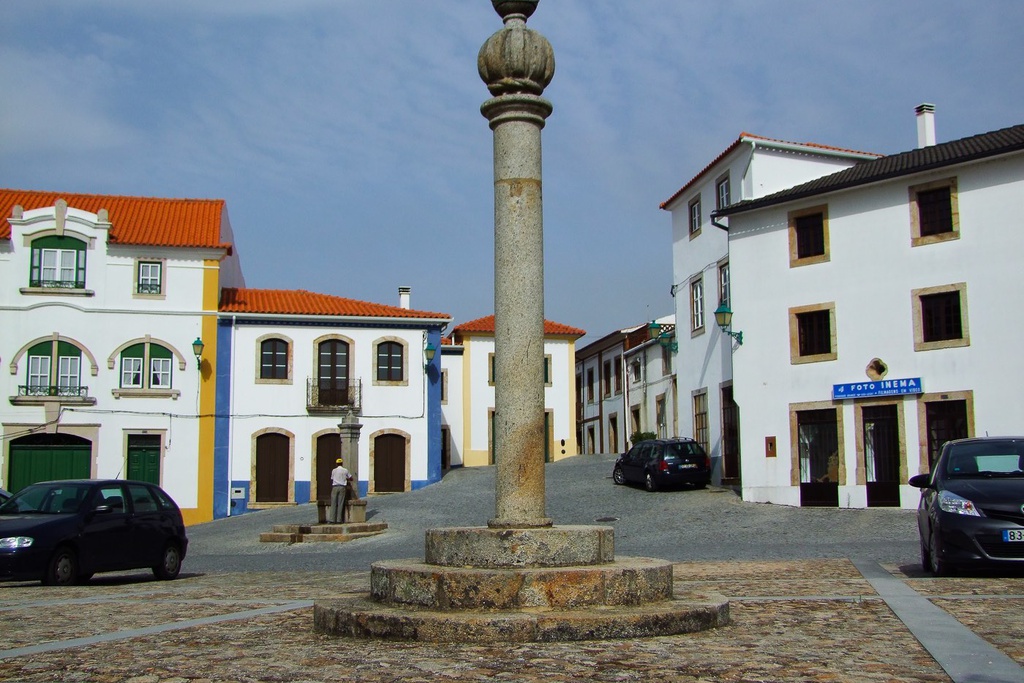
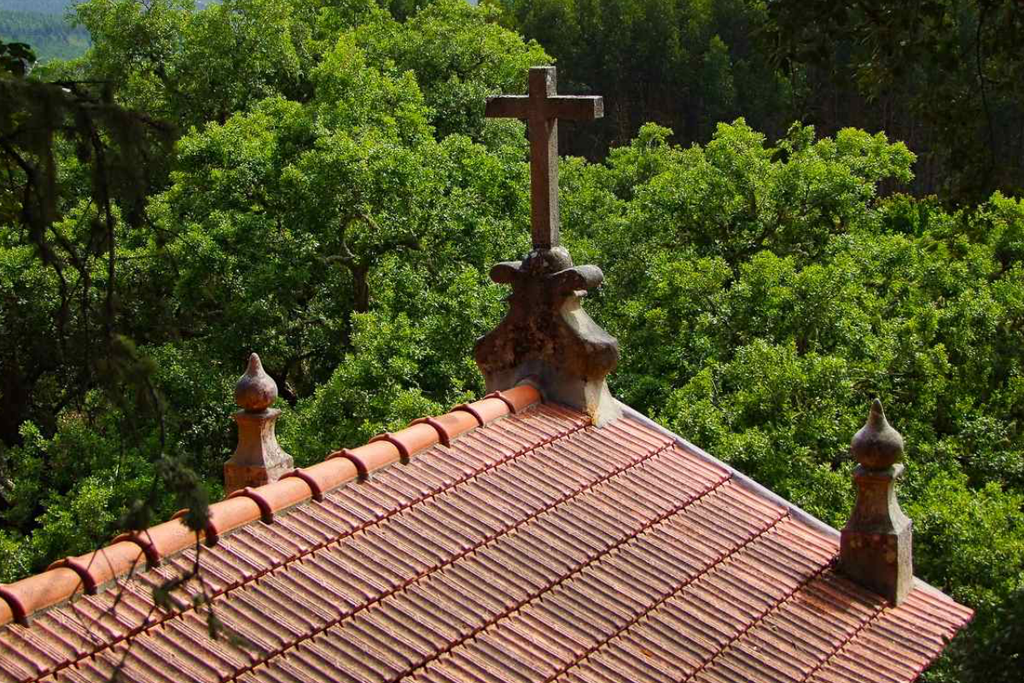
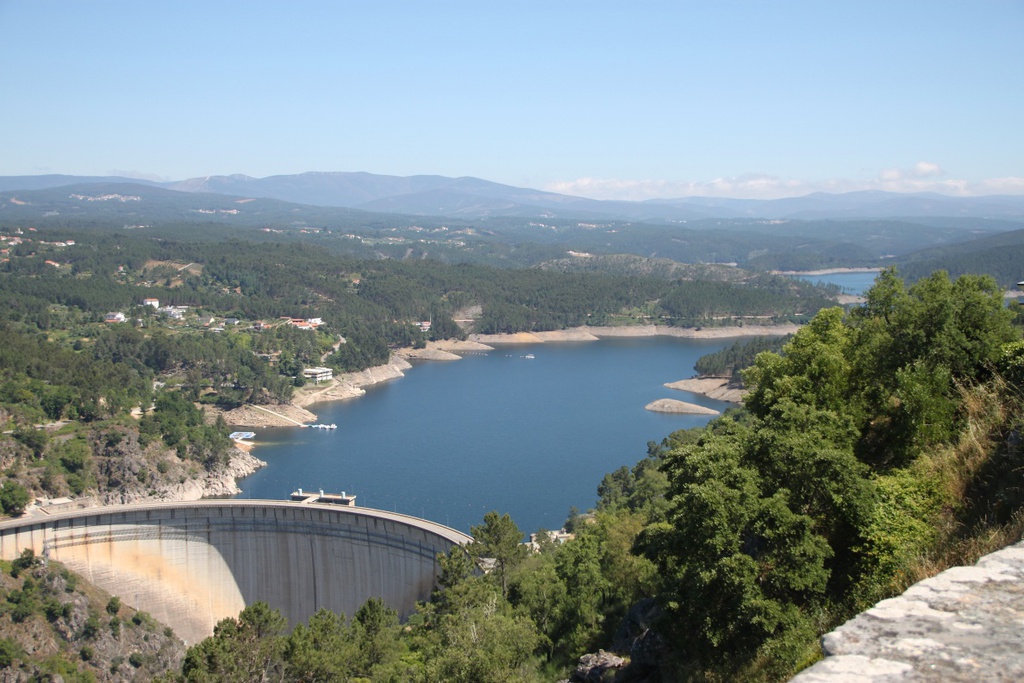
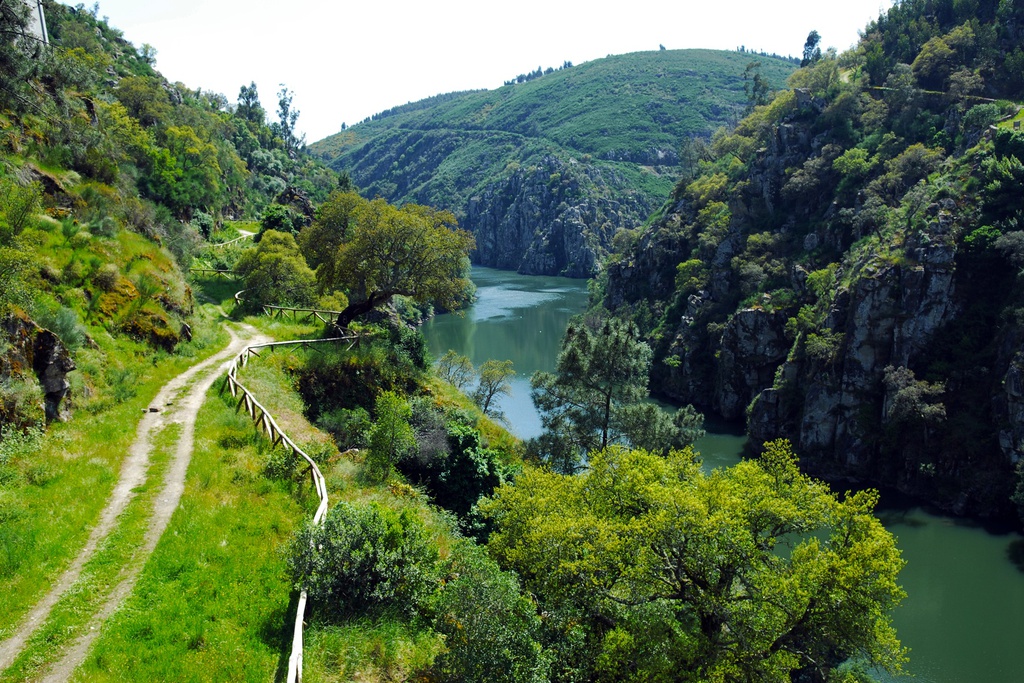
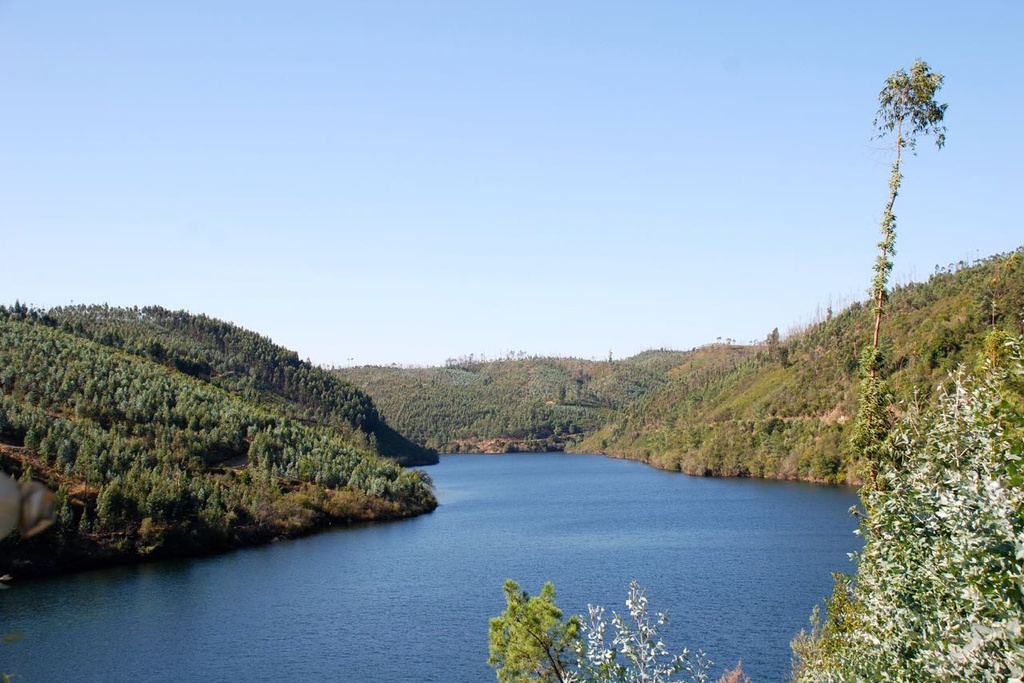
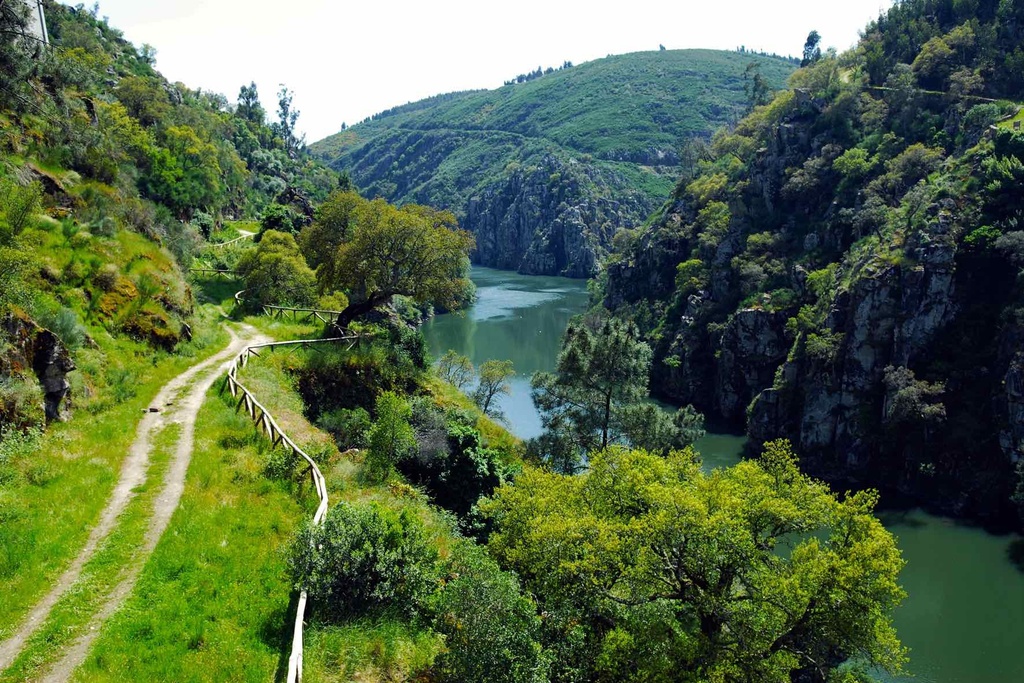
![Just you and the River [GR33 - GRZ: Canoeing]](/media/filer_public/a1/5b/a15be2e5-ef60-4b6d-9ebe-901cd616f126/aldeias-xisto-aldeias-xisto-canoagem_na_albufeira_da_bouc3a7c3a3_86chwyz.jpg.1024x683_q95_crop_upscale.jpg)
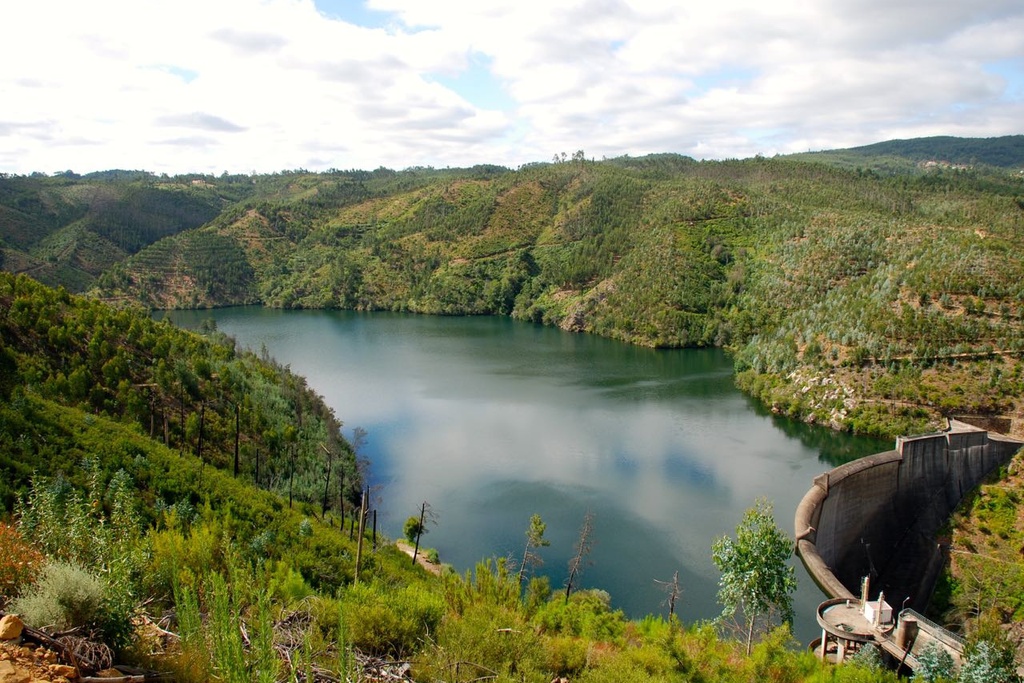
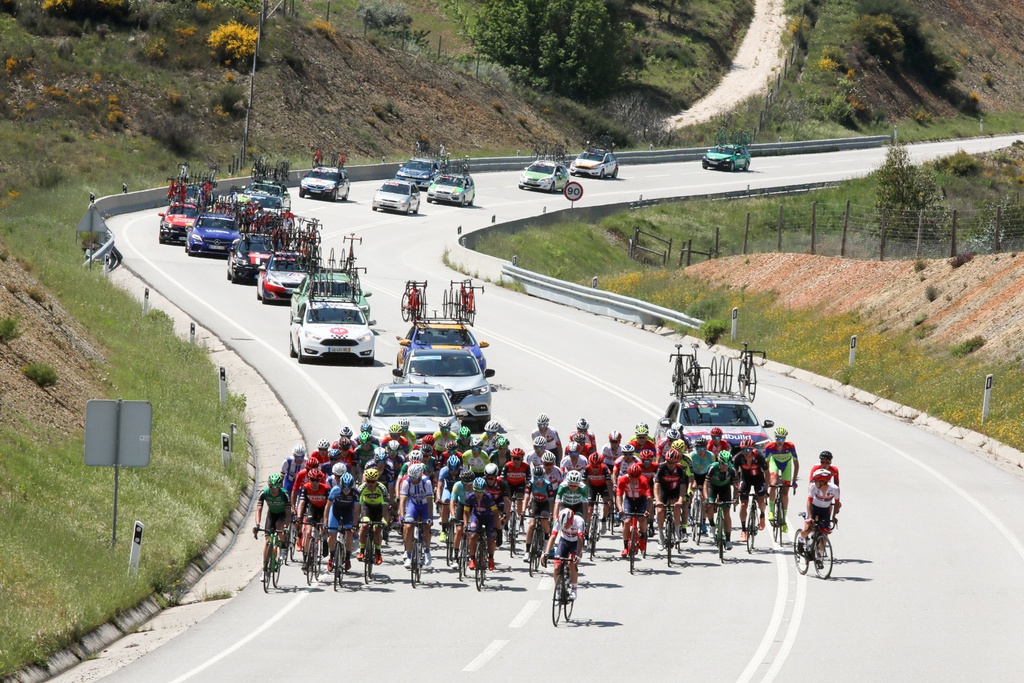
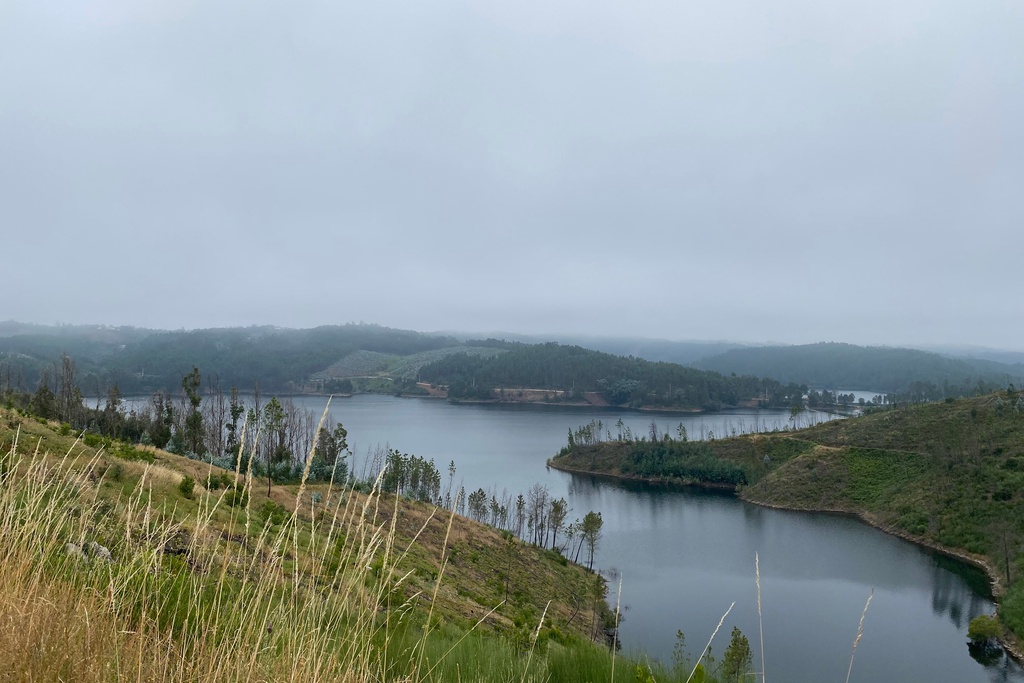
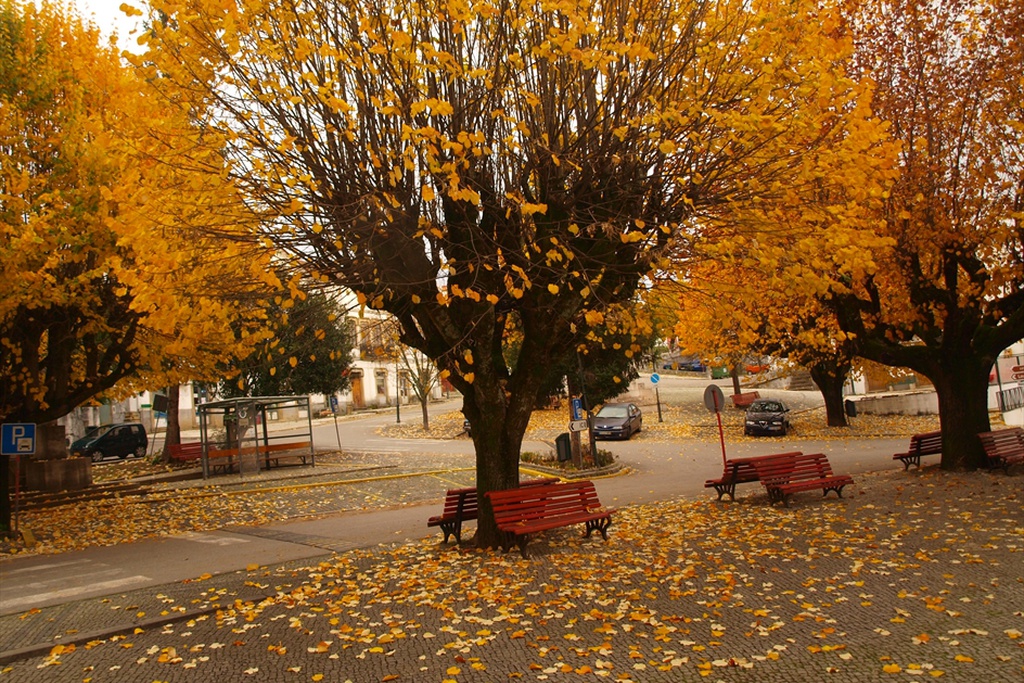
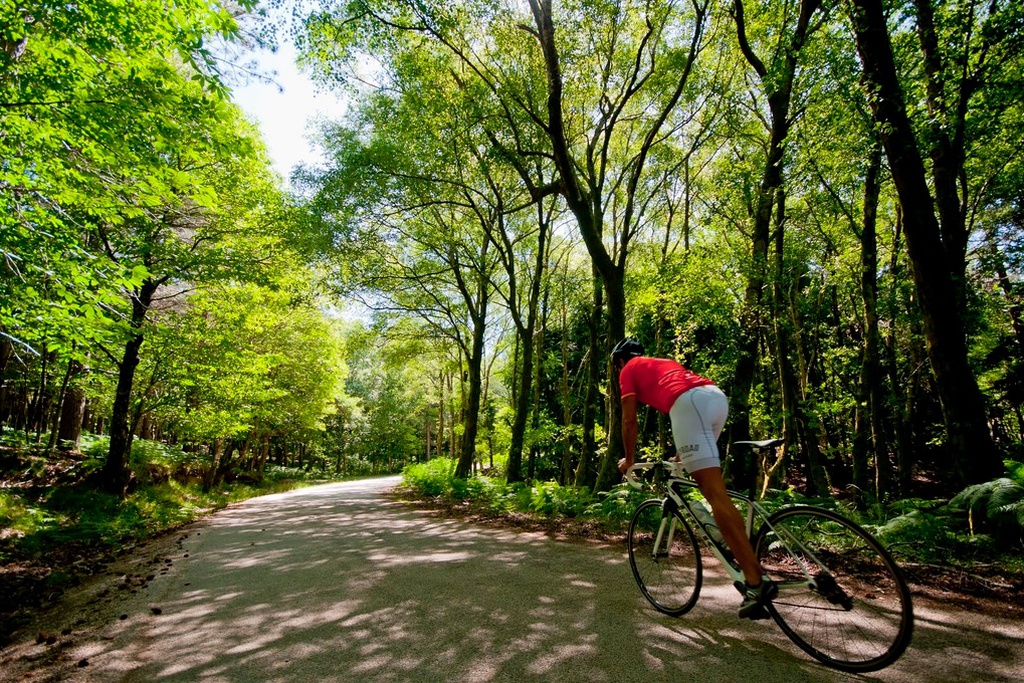
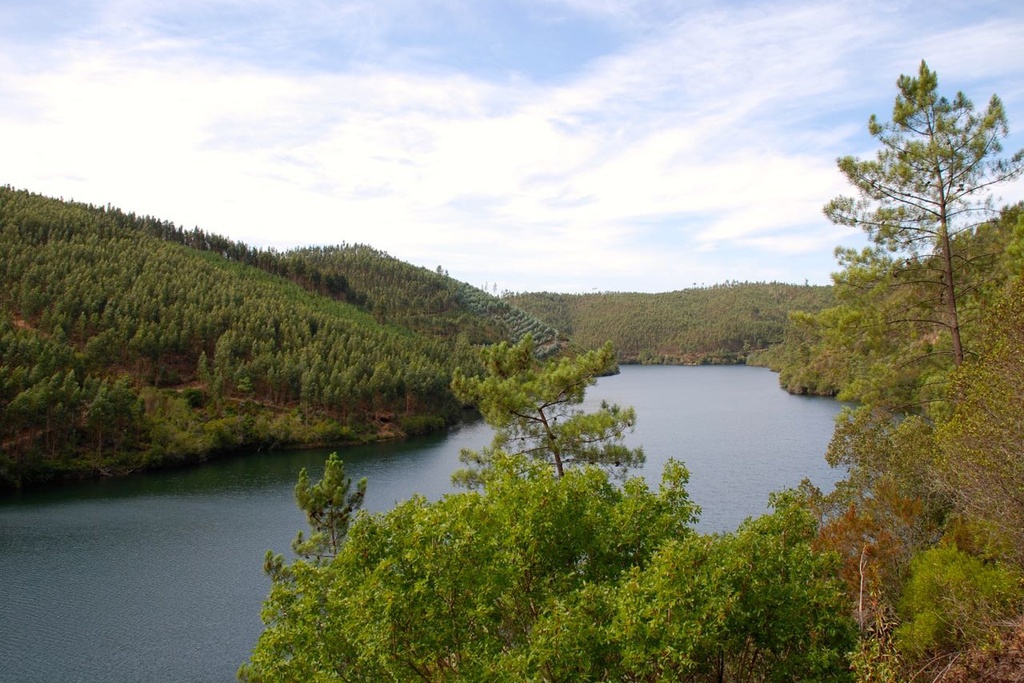
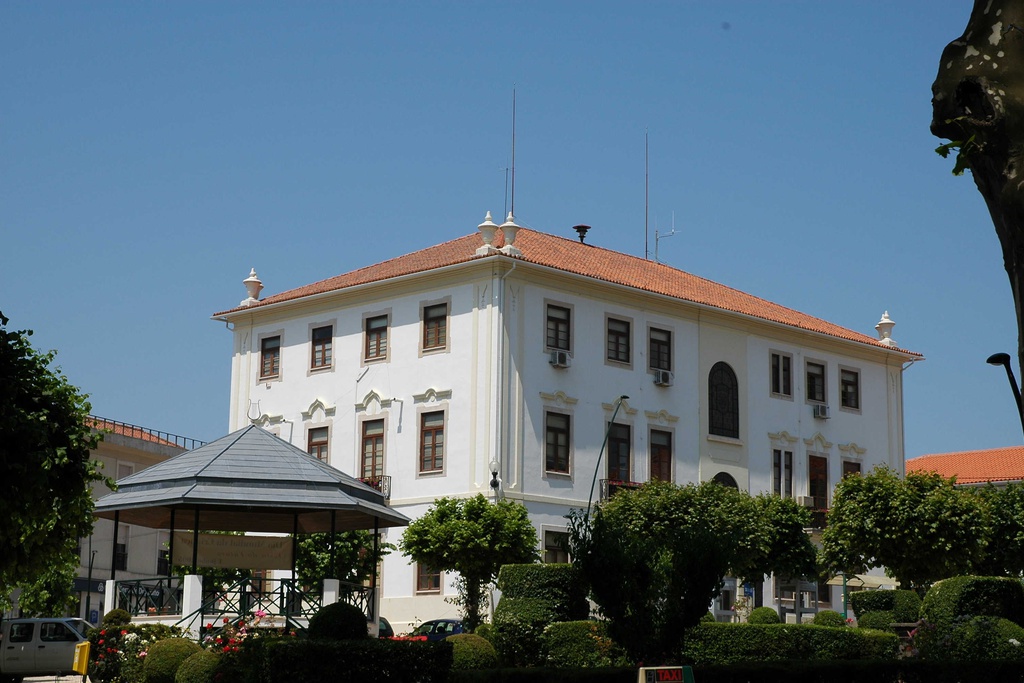

![Return to Serenity [GRZ - MTB sector 7]](/media/filer_public/9a/79/9a795ef1-dc17-4e9d-b706-e8fe6fe38848/aldeias-xisto-aldeias-xisto-estac3a7c3a3o_intermodal_de_foz_de_alge_hrzdpnz.jpg.1024x683_q95_crop_upscale.jpg)
![GRZ on Foot - Return to Serenity [sector 7]](/media/filer_public/c7/17/c7175490-d567-41d0-b758-9303411dcd97/aldeias-xisto-aldeias-xisto-o_regresso_da_serenidade_foz_de_alge__c381rea_de_descanso_de_valbom_gr33_-_g_cyecqfl.jpg.1024x683_q95_crop_upscale.jpg)
